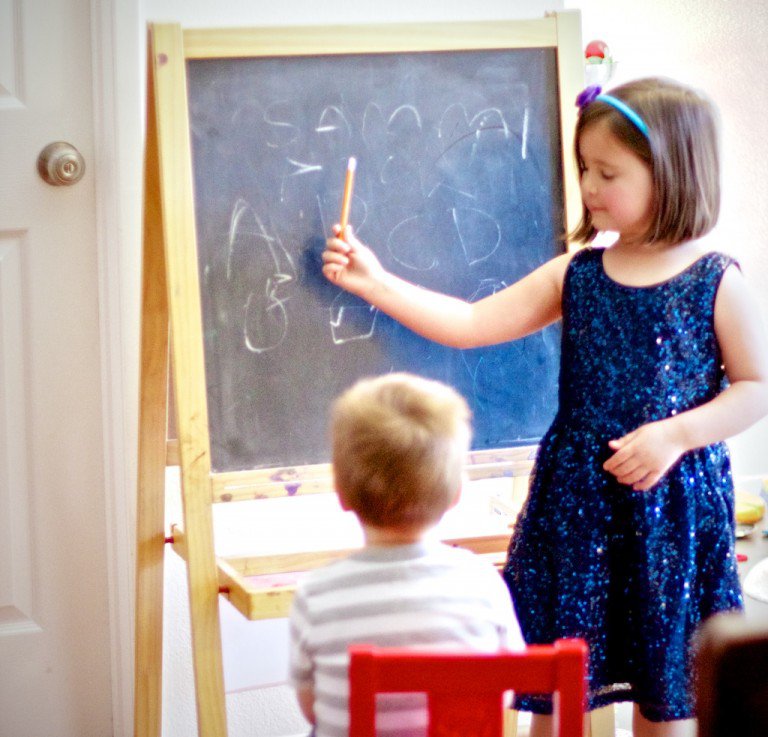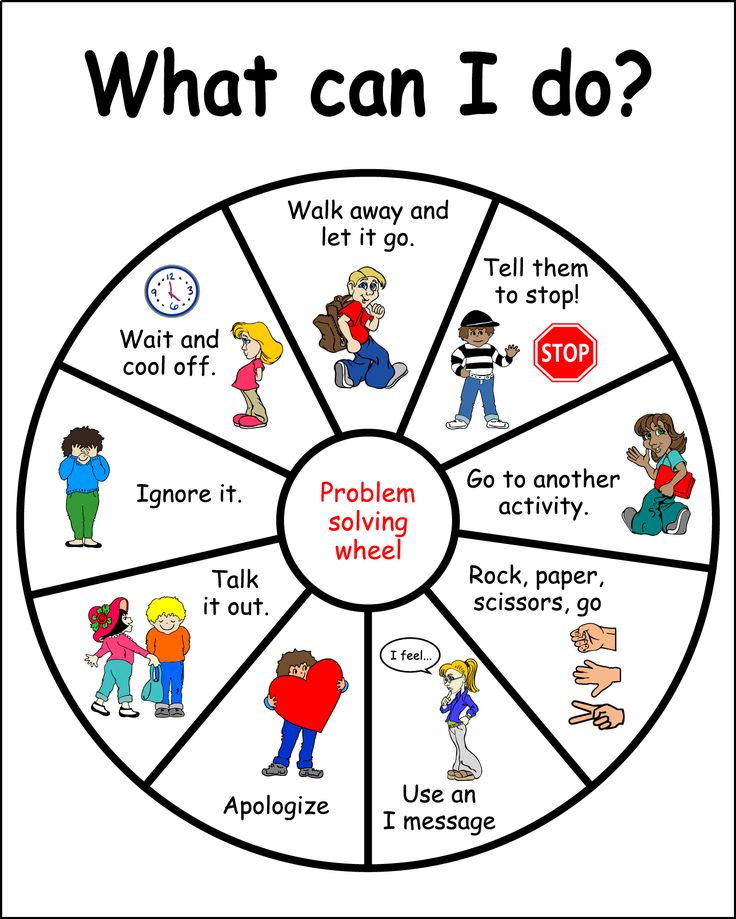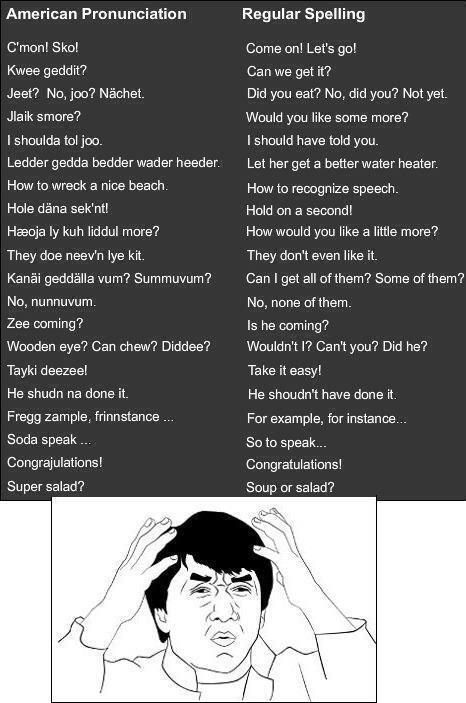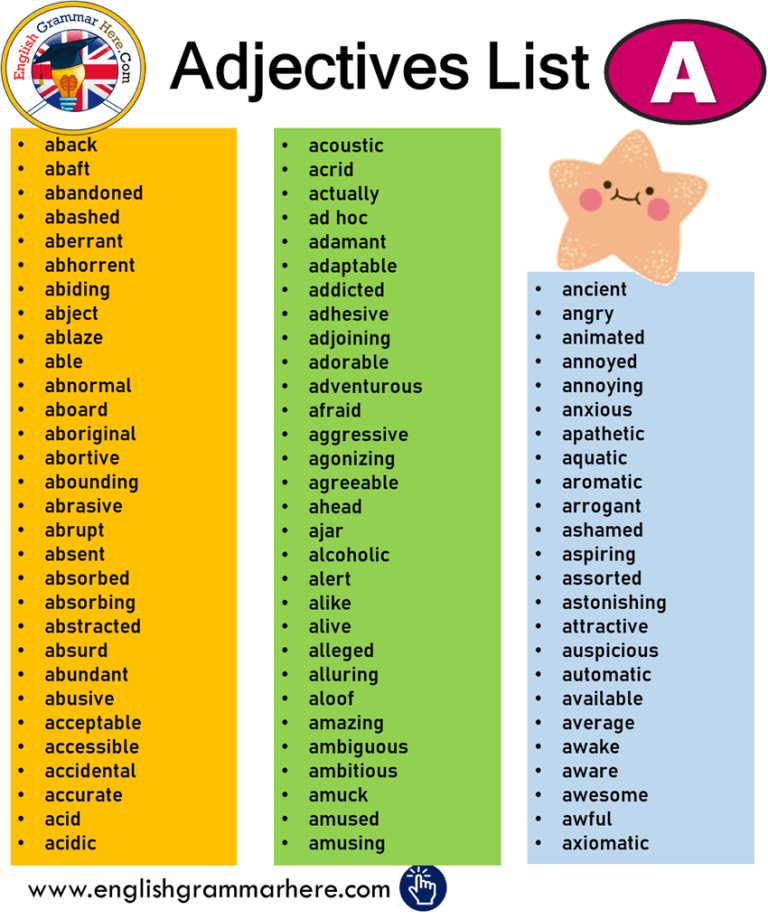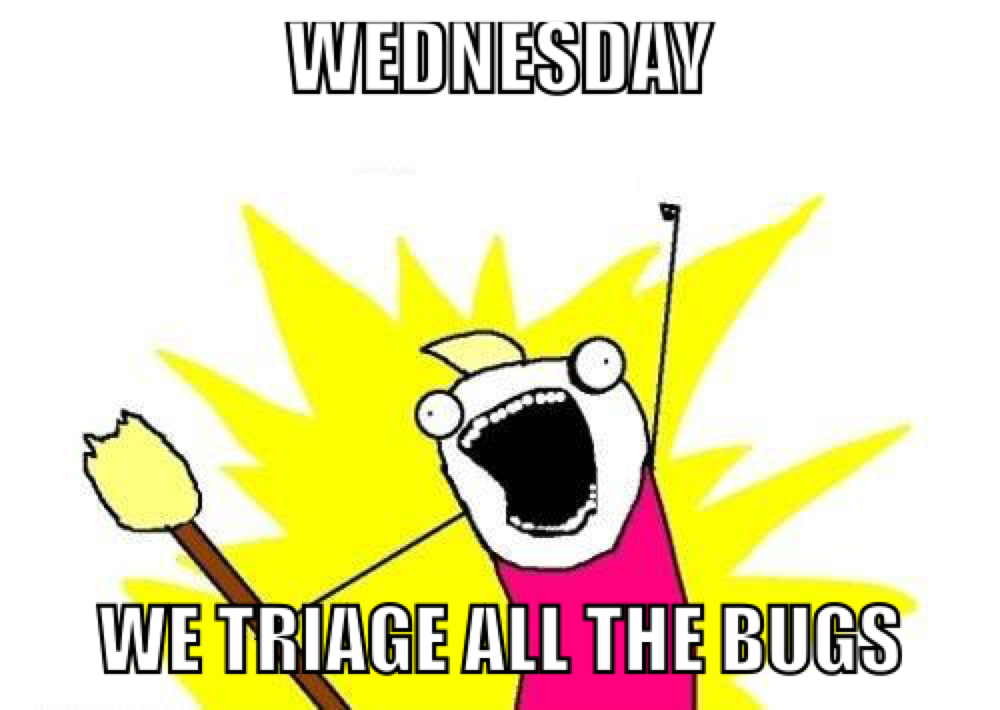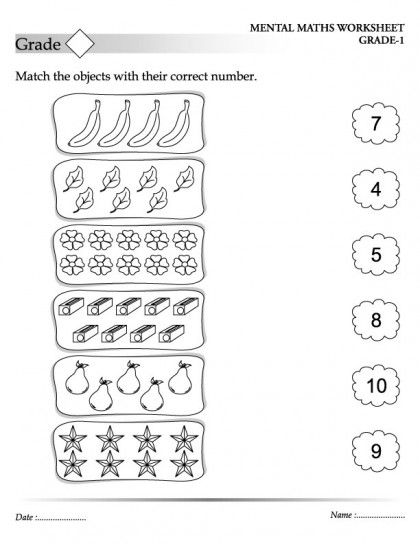How to teach beginning sounds
25 Beginning Sounds Activities and Printables
These beginning sounds activities give young children the chance to practice important phonemic awareness and phonics skills. Be sure to add them to your master list of literacy activities for preschoolers!
Recognizing how sounds are the same, and how they’re different, is referred to as sound discrimination. Hearing the first sound in words is one aspect of sound discrimination, and it’s an important phonemic awareness skill. It helps children to pay attention to the sounds they hear, and it aids them in learning letter sounds down the road.
Below, I share a variety of beginning sound discrimination ideas for young children. Some are purely oral language activities, focusing only on the sounds in spoken words.
Others are beginning sounds activities that incorporate letters. While these are inherently phonics-based activities, more research has come out indicating that pairing letters with phonemic awareness activities is beneficial. It is important to remember that language development, learning to read, and learning to write include a multitude of skills that interweave to create a literate person.
Related: Spring Printables for Preschoolers
Table of Contents
How to Teaching Beginning SoundsBefore I jump into the beginning sounds activities, I wanted to talk about HOW to teach initial sounds. Because they do need to be taught. While kids can pick up a lot from being read to, carrying on conversations, and observing those around them, explicit literacy instruction (at all levels) is very important.
That being said, this instruction doesn’t need to happen for hours at a time while children are sitting at a desk. For young children, especially, that just won’t work. So here are some tips for teaching children about beginning sounds:
- Explain and model in a succinct manner. Short and sweet direct instruction!
- Scaffold the children along the way.
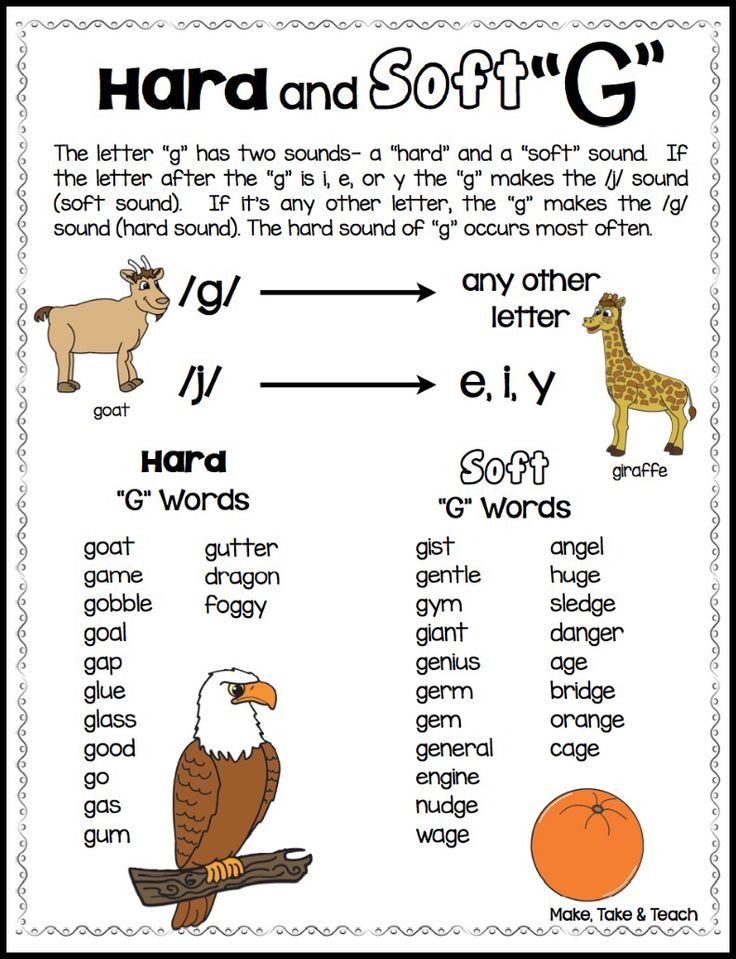 Your support is imperative.
Your support is imperative. - Incorporate lots of hands-on activities and games.
- Let the children move as they learn.
- Keep it going throughout the year. This isn’t a “one and done” topic.
- Make things meaningful to the children as much as possible.
- Use visuals!
- Don’t forget conversations and songs.
The above tips can really be applied to all phonemic awareness activities! What would you add to the list?
Beginning Sounds ActivitiesNow let’s get into the initial sound ideas! As I mentioned earlier, some of these will be solely focused on oral language while others will bring in the alphabet. I separated things into categories for you. That way, you can find the activities that best meet the needs of your individual students.
Picture-Only Beginning Sounds ActivitiesFirst up are activities that are 100% phonemic awareness. Click on the links below to read more about each of the ideas and, in some cases, grab the free printables.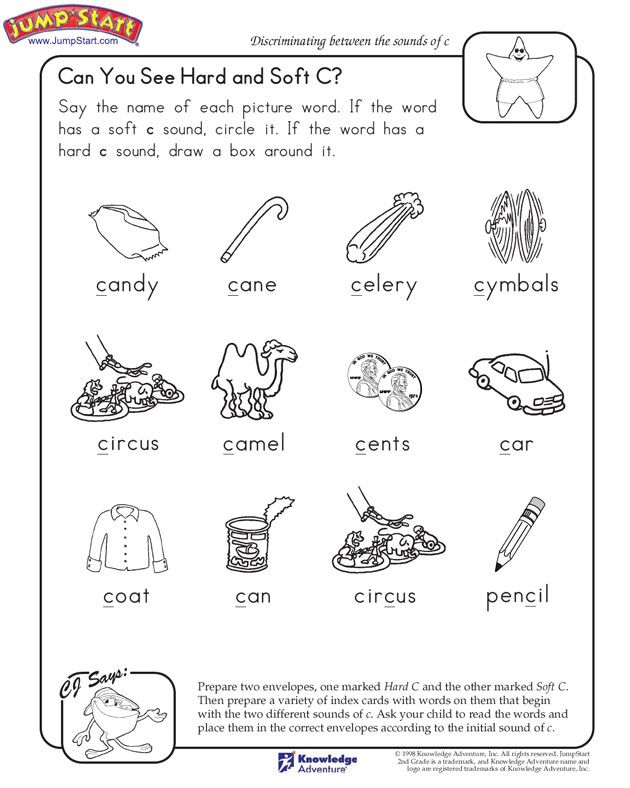
The St. Patrick’s Day beginning sounds printable is the beginning of a series focused on initial sound games for preschoolers. I’ll be adding more to the series throughout the year, so do check back!
The Measured Mom has a set of sound clip cards ready for your kids. You can use them with clothespins or math manipulatives.
Grab your own set of printable beginning sounds bingo cards from Growing Book by Book.
Related: Syllable Activities
You’ll find a fun initial sounds sorting game over on Pre-K Pages. I love that this activity uses simple materials you might already have.
Play This Reading Mama’s letter sounds tic tac toe with your students! What a unique way to practice matching beginning sounds.
Make a beginning sounds book based on family or classroom members like Growing Book by Book. Then be sure to read it over and over again once it’s done!
Super Simple Initial Sounds ActivitiesI also want to share some beginning sounds activities that you can easily weave into your day. These are fast and easy and don’t require much prep.
These are fast and easy and don’t require much prep.
Incorporate the initials sounds into transitions. “Line up if your name starts with /m/.”
Play a guessing game, “I’m thinking of a name that begins with /s/.” Or, “I spy something that starts with /d/.”
Challenge the children to a beginning sounds scavenger hunt based on their own names. You might need to double-check there’s something available for everyone beforehand.
Practice gross motor skills with a beginning sounds bean bag toss. Place a few images on the floor. Kids toss a bean bag at the image that starts with a sound you say.
Use children’s pictures, real photos of common items, and/or store-bought picture cards for picture sorts.
Make up a song! Here’s an easy one, to the tune of “Do You Know the Muffin Man”
Do you know what starts with /m/,
Starts with /m/,
Starts with /m/?
Do you know what starts with /m/?
Let’s say a word!
Tie the initial sounds into what you’re learning about (butterflies, for example). Say two words. If the words have the same beginning sounds, kids can flap their “wings” like butterflies.
Say two words. If the words have the same beginning sounds, kids can flap their “wings” like butterflies.
Make a “feed the monster” game by cutting a hole in a shoebox top. You can even go all out and decorate it like a monster. Kids can only feed the monster pictures of things that start your chosen sound.
Play a listen and clap game. Kids clap if you say two words that start the same. Otherwise, they don’t clap.
Challenge the children to a “what’s different?” game. Place a few pictures or objects out. The kids have to determine which one doesn’t start the same as the others.
Letter-Sound Correspondence ActivitiesNow let’s talk about beginning sounds activities that incorporate letters. You can definitely tweak these ideas and remove the letters if that’s what you prefer!
Related: Magnetic Letter Sorting
Use Fantastic Fun and Learning’s free printable to go on a dinosaur beginning sounds scavenger hunt. Little paleontologists will get a kick out of this one.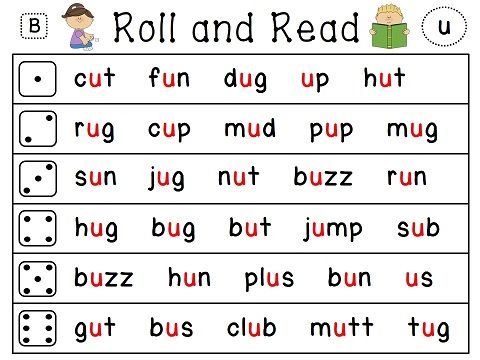
Bring out the play dough for Modern Preschool’s identify and stamp activity. Perfect for your collection of cookie cutters.
Your little builders will have a blast hammering beginning sounds with ABCs of Literacy. Definitely add this to your next construction theme.
Related: Simple Early Literacy Activities
Growing Book by Book’s beginning sound pancakes would be fun in the dramatic play center. Everyone can have a pancake that starts with the same sound as their name!
Or make a set of beginning sounds sticks like Pre-K Pages. Lots of fine motor practice to be head here, too.
Add in some tactile learning with Stay at Home Educator’s initial sound object matching.
Set up a Busy Toddler’s sound matching sensory activity with your favorite sensory materials as the base.
Royal Baloo’s planet beginning sound clip cards would be great as part of a preschool space theme.
Challenge the children to a sound scavenger hunt like Frugal Fun for Boys. Then have them sort what they found onto the appropriate letters.
Then have them sort what they found onto the appropriate letters.
Now that you have so many ideas for your own beginning sounds activities, let’s chat materials. I love that you can use what you have on-hand, or grab a free printable, for many of the activities shared here. I’m a big fan of using what I’ve got!
But if you want to expand on the items you use for teaching initial sounds, I’ve got some ideas for you (I may get commissions for purchases made through links in this post):
- Interactive alphabet sounds posters and books
- Letter picture games
- Alphabet and sound magnets
- Letter sound games
- Language miniature objects
Let Preschool Teacher 101 save you time with fully-developed preschool resources! We have a wide variety of resources from lesson plans to STEM challenges to math activity packs.
We also have some phonemic awareness materials, like this beginning sounds pack that you can use as online OR printable games.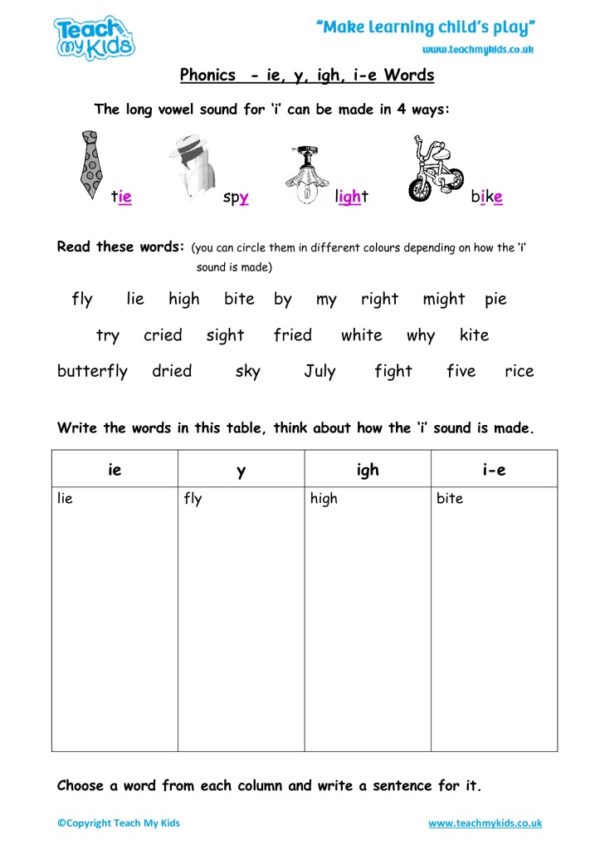 Click on the image below for more information:
Click on the image below for more information:
Here are a few more alphabet-centered literacy resources for you:
Alphabet Puzzles: Letters & SoundsLetter Fluency Strips & GameLowercase Letter PuzzlesBe sure to join the waiting list for The Pack from Preschool Teacher 101 today! Members get access to more, and there are multiple membership options to choose from.
Originally published February 2015.
HOW TO BEST TEACH BEGINNING LETTER SOUNDS
How to best teach initial sounds - teaching ideas and printable resources ideal for young children learning beginning letter sounds.
Learning to tell sounds apart is a key literacy skill in the Early Years and a first step in being able to read and write.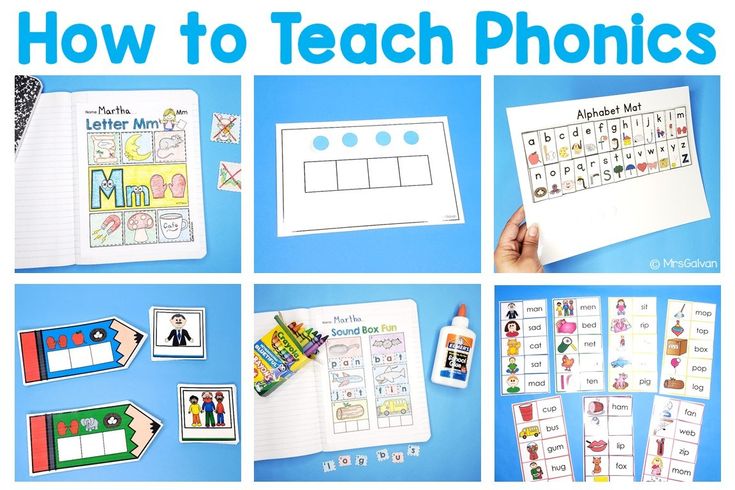
As parents and teachers we do this orally - helping our children distinguish between sounds like 'd is for dog, c is for cat'. Being able to tell sounds apart in this way is called sound discrimination.
Learning beginning letter sounds is the next step to linking a child's oral language skills to written language - what they see and will attempt to write themselves.
But how best to teach preschoolers beginning sounds? What resources to use?
I've rounded up some of my favourite printables for introducing and teaching children initial letter sounds at school or at home.
This post contains affiliate links.
INTRODUCING LETTERS NAMES AND SOUNDS
Some experts will probably disagree with me but I introduce both the letter name and the letter's initial sound to children at the same time. I also introduce the upper and lower case letter forms but then spend most of our time teaching the beginning sound using the lower case letter.
I believe young children need to be taught early the distinction between a letter's name and the sound it makes in words - D said as 'dee' as it's letter name but makes a shorter 'd' sound phonetically.
If a child trying to decode the word dog 'dee-oo-gee' isn't going to make much sense so they need to understand that each letter has a name and a sound or possibly more than one sound - g = g as in goat and game and j as in giraffe and gem.
TEACHING BEGINNING SOUNDS
Depending on your literacy program (think Jolly Phonics, Words There Way, Sounds and Letters, Thrass, Soundwaves), each has a particular order for introducing the letters.
My preferred way is to teach a letter a day so that over a week you have a handful of letters to review and consolidate at a time. The most common - SATPIN start, then allows children to begin to mix and match these letters to start making simple words - at, it, in, pat, sat, tin, pin.
Having visual prompts around your classroom to help support young children check their thinking is key at this stage. As Early Childhood teachers, we know children 'read' pictures before they read words.
I created some picture/sound based alphabet posters for my own classroom which I often catch children 'reading'. You can find a copy of these posters here.
You can find a copy of these posters here.
With one Reception class, we made our own alphabet wall charts which was such a fun term long project that helped the children understand initial sounds and make connections across different words.
After teach the letter and the sound it makes, resources that allow children to make this connection themselves and practice it are what you need.
Anything hands-on is a winner in my classroom. My students love playdough so at the start of the school year when we're starting to introduce the different letters and sounds I use these playdough mats to invite play.
Don't like using playdough? You can use these mats with any small objects to create an invitation in your classroom. Here I've just added some small stones to build the different letters but you could also laminate the cards and add whiteboard markers to practice writing the letters.
Being able to make the letter using these alphabet mats is a great way to introduce and consolidate their knowledge of the alphabet independently in our literacy centres.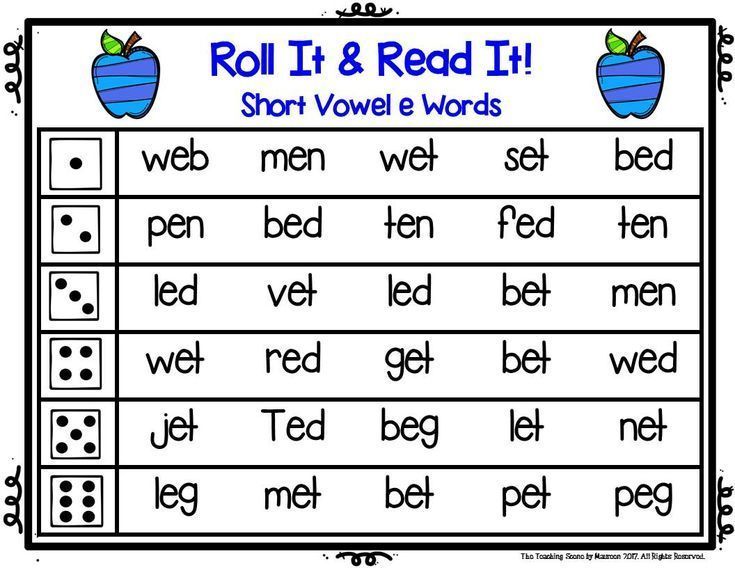 You can find the alphabet mats here.
You can find the alphabet mats here.
When ready I swap the individual letter mats out for these ones. I've created mats for the entire alphabet but again just use the letters we are focusing on until we have taught all of the alphabet. You can find the alphabet mats here.
With many young children starting school with poor or underdeveloped fine motor skills, I often use clothes pegs in our centre activities to help strengthen those small hand muscles while allowing them to practice other skills.
These peg clip cards are a perfect example. Once the children have learnt their letter sounds they can practice differentiating between just three pictures to find the one that matches the letter displayed on the cards. You can find these cards here.
The next step up from our peg clip cards are our letter sound wheels as they still require children to use their growing understanding of initial letter sounds but now have a few pictures that don't belong. We've also thrown in some handwriting practice making these initial sound wheels one of my favourite resources ever.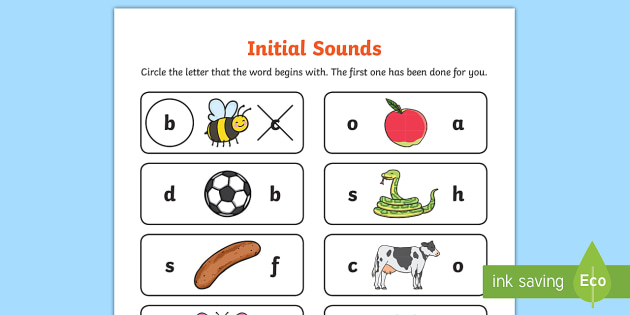
Disguised as a game, our letter sound mazes ask children to do the same as our letter sound wheels in they have to differentiate between sounds to find their way through the maze from the start to the finish.
A little less complex, these initial sound mats have long been a favourite in my classroom. Simply print and add magnetic letters or laminate and write the letter to match the beginning sound.
These letter sound wheels ask children to do the same but they have individually labeled clothes pegs to match the letter to the first sound in each word. You can find these wheels along with our FREE upper/lower case letter match wheels here.
Few have been able to resist our initial sound alphabet mats! Simple to prep, just print and add some counters for children to search for all the words that start with the letter sound displayed in the middle of each mat.
With a mat for each letter included, the children can see clearly that few words start with 'X' or 'Q' compared to 'B' or 'T'.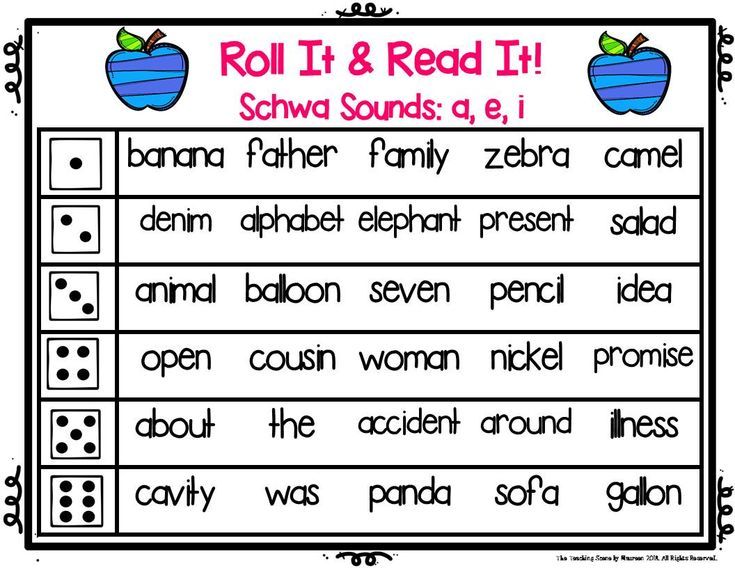 You can download the mats from here.
You can download the mats from here.
How to teach a child to speak: methods, games and exercises
The formation of a child's speech occurs long before he begins to speak on his own. From a very early age, the baby perceives the speech of adults, imitates it, and subsequently relies on the acquired experience. Speech development is not a process that can be left to chance - and in this article you will find out why.
Contents of the article:
- Stages of speech development
- 10 ways to teach your child to talk at home
- Exercises and games for the development of speech
- General tips
- When you need specialist help
- Conclusion
Stages of speech development
The formation of speech occurs gradually, starting from birth. Knowing the approximate stages of speech development at each age, it is much easier to determine the presence of signs of a lag.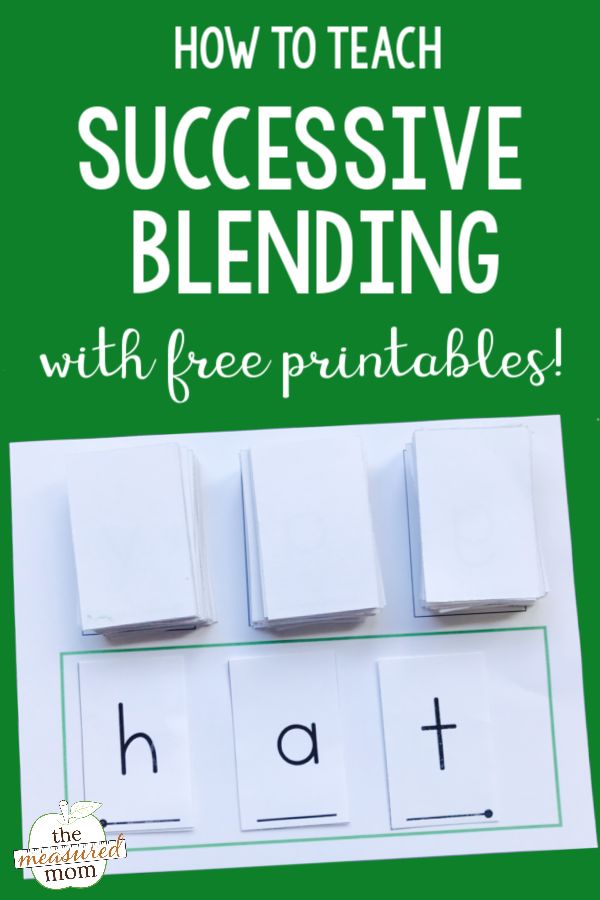
- From 0 to 6 months. The baby actively listens to the speech of adults, tries to reproduce the sounds that he still perceives as a melody. He already distinguishes the voices of people who are talking to him. First, the baby masters vowel sounds, and already closer to the age of one and a half months, the consonant sounds “g”, “k”, “x” appear, thanks to which the child begins to “walk”.
- 6 to 12 months. At this age, the child often imitates the sounds of adult speech. Pronounces separate syllables, for example "ma-ma", "babbles". By the end of the first year of life, the first words and sentences appear. Vocabulary ranges from 2-3 to 20 words, most of which are nouns. nine0012
- 1 year. In a year, speech becomes active and becomes a means of interaction with adults. Together with the ability to move independently, the child accumulates knowledge about the world around him and replenishes his vocabulary, which at this age is 300-400 words. Pronunciation adapts to itself, skipping or replacing complex combinations of sounds.
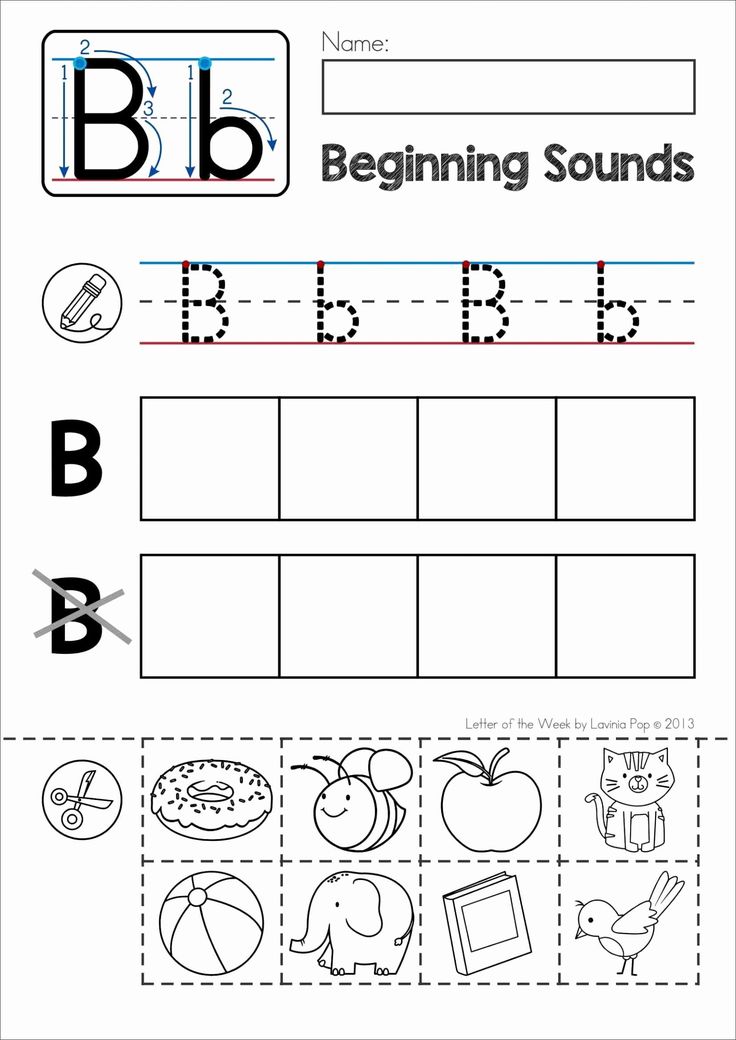
- 2 years. By the age of two, phrasal speech is formed. At this time, the child is able to formulate a sentence of 2-3 words. Gradually, grammatical categories are mastered, such as number, gender, case. The vocabulary reaches up to 700 units. nine0012
- 3 years. Children of this age actively communicate with adults and peers, but still with the help of simple sentences. A three-year-old child masters the basic laws of the language and, on their basis, invents his own words. This process is called "word-creation" and signals the normal development of the child's speech. Vocabulary - up to 1000 words.
- 4 years. In the fifth year of life, the child "hones" the acquired skills, replenishes the active and passive vocabulary, which is approximately 2000 words. As they grow older, the child begins to pronounce all the sounds of his native language clearly and clearly. nine0012
- By the age of 5, it is considered normal if the child has mastered all aspects of the language and is fluent in speech.
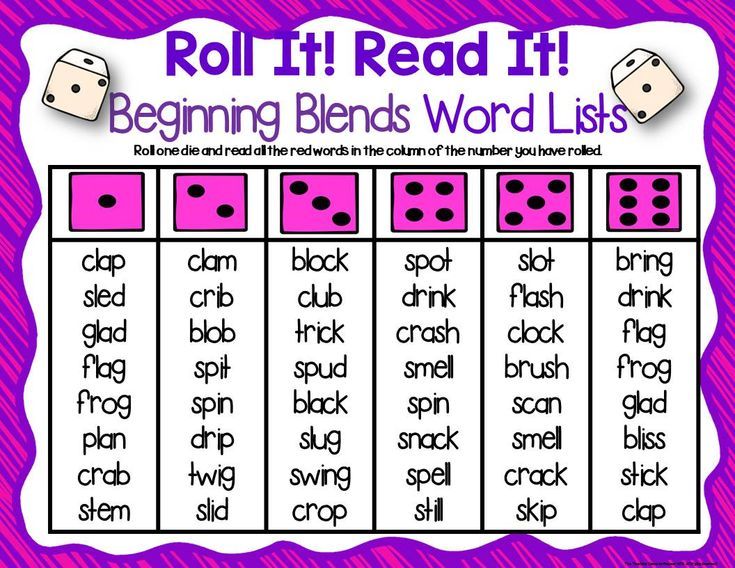 If not, this is a reason to immediately contact a specialist.
If not, this is a reason to immediately contact a specialist.
10 ways to teach your child to talk at home
- The most effective and basic way is to talk to your child as often and as much as possible. Pediatricians recommend communicating with the child even before he is born. The speech of an adult should be expressive, as babies perceive it on an emotional level. It is possible to teach a child to speak at 1 year old by abandoning sign language and completely switching to verbal communication. Use short and clear sentences, do not distort words. Speak in such a way that the child can observe the movements of the lips and try to independently apply them to his speech. nine0012
- Develop fine motor skills. Stimulation of nerve endings on the fingers has a positive effect on the development of speech.
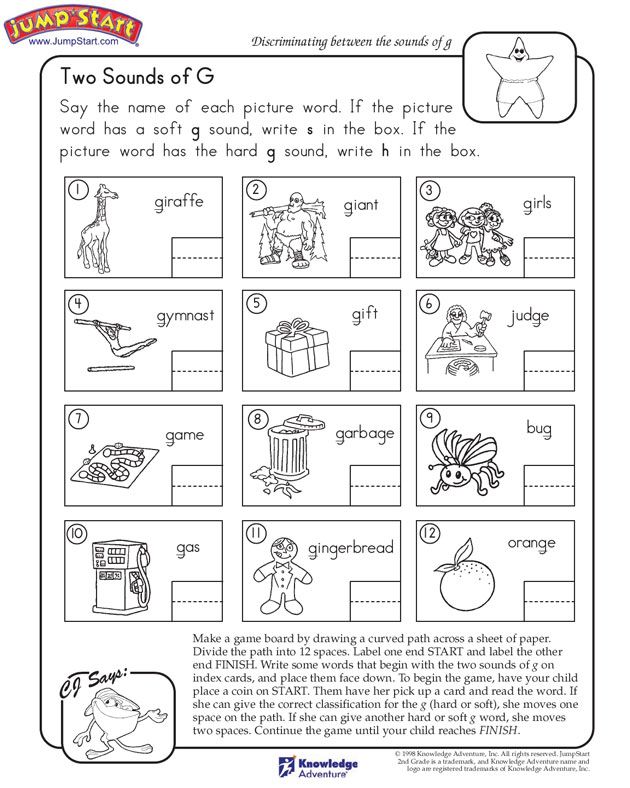 Any exercises that involve the motor skills of small muscles are suitable for this method: sorting through cereals, playing with massage balls, stringing beads on a string. (You can link to an article about developing fine motor skills by writing, for example, "Learn more here.") Fine motor skills classes will help to teach a two-year-old child to speak as early as possible. nine0012
Any exercises that involve the motor skills of small muscles are suitable for this method: sorting through cereals, playing with massage balls, stringing beads on a string. (You can link to an article about developing fine motor skills by writing, for example, "Learn more here.") Fine motor skills classes will help to teach a two-year-old child to speak as early as possible. nine0012 - Expand vocabulary. At home, on the street, in a store, in nature, show and call the child the names of the surrounding objects. To his questions in an accessible language, explain the meaning of certain objects, trying not to overload the child's brain with complex terms. This is a natural and inexpensive way to quickly teach your child to speak at 2 years old.
- Read books. Children love to look at bright, colorful pictures. Read a book to your child, while pointing at the characters, for example, a bun, a fox, a hare. Simultaneous visual and auditory perception will help you remember words faster and learn how to pronounce them.
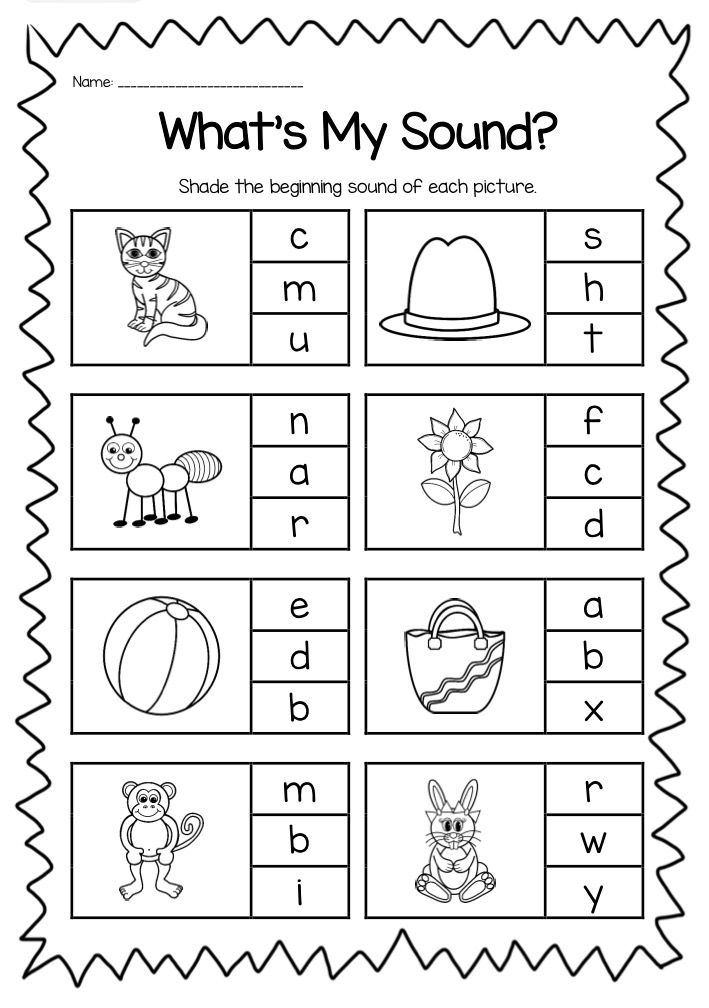 Set aside time for this activity each day to develop this healthy habit in your child. nine0012
Set aside time for this activity each day to develop this healthy habit in your child. nine0012 - Sing songs. As much as books, children love songs. Sing along with your child his favorite songs, learn new songs that he will like. In addition to stimulating the speech apparatus, you will provide both yourself and your baby with a good mood.
- Not understanding sign language. If your child often uses gestures, replacing words with them, you need to stimulate him to the opposite. Once again, when the baby points his finger at something, pretend that you do not understand him. Try to start a dialogue by asking leading questions, but do not bring the child to hysteria if he is not yet ready for this way of communication. nine0012
- Take by cunning. When reading a well-known book, intentionally replace words, for example: "I'll sit on a stump, eat a pot (instead of" a pie ")". This technique will inspire your child to listen carefully to the speech, so that next time they can tell you how to do it right.
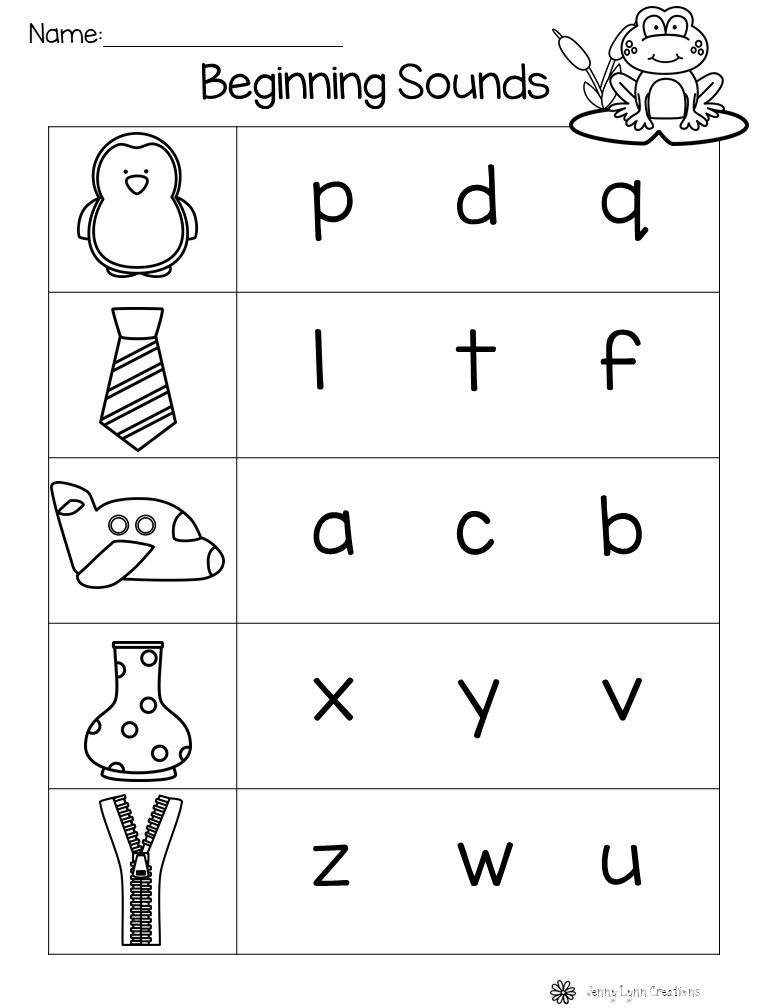 The method is perfect for teaching a child to speak at 3 years old, since by this age children are actively interested in literary works.
The method is perfect for teaching a child to speak at 3 years old, since by this age children are actively interested in literary works. - Repeat one after another. As a game, repeat the syllables that he says after the baby, and then offer your own version. The child will be happy to join this activity and will try to give out even more new syllables. nine0012
- Remove distractions. An incessantly running TV or computer with cartoons will drown out any of your attempts to enter into a dialogue. The child needs to hear the lively, clean, correct speech of an adult. To teach a child to speak at 4 years old, you should adhere to the time limits for watching cartoons.
- Show attention. Drop everything when the child comes up to you to tell you something interesting. Listen carefully, ask questions, be surprised and show your interest in every possible way. This will stimulate the desire to share with you everything that comes to mind and that you want to tell. Mutual dialogue is possible and necessary even with a small child, because it will help you quickly learn to talk.
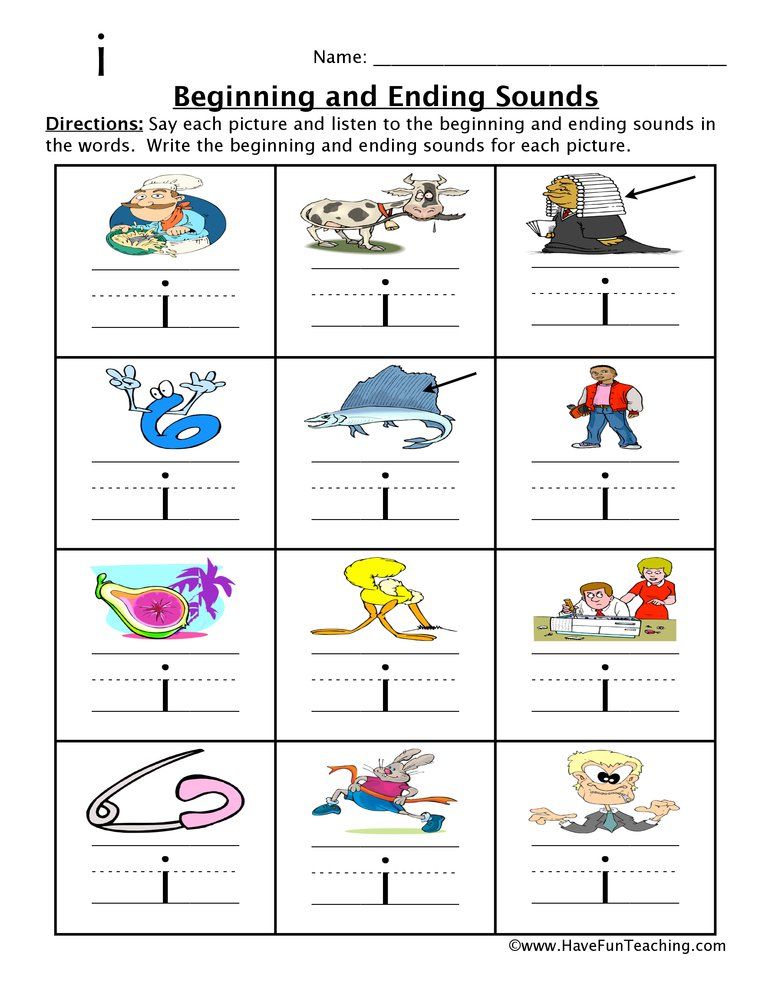 nine0012
nine0012
Exercises and games for the development of speech
Finger games
Favorite activity for all kids. Aimed at the development of fine motor skills and, as a result, the formation of speech. Learn small rhymes with your child, for example, "Magpie Crow." Connect finger movements that your baby will be happy to repeat. Such games improve fine motor skills and help to teach the child to speak correctly.
Articulation exercises
The small muscles of the mouth in childhood need to be trained, as they may not be sufficiently developed. To strengthen them, daily articulation exercises are required. Sit with your child at the mirror to control the correct execution of the exercises. Follow the movements of the lips and tongue, showing the child an example for his independent work.
Exercises for the development of speech breathing
It is important to teach a child to breathe correctly, starting from the moment of his speech development.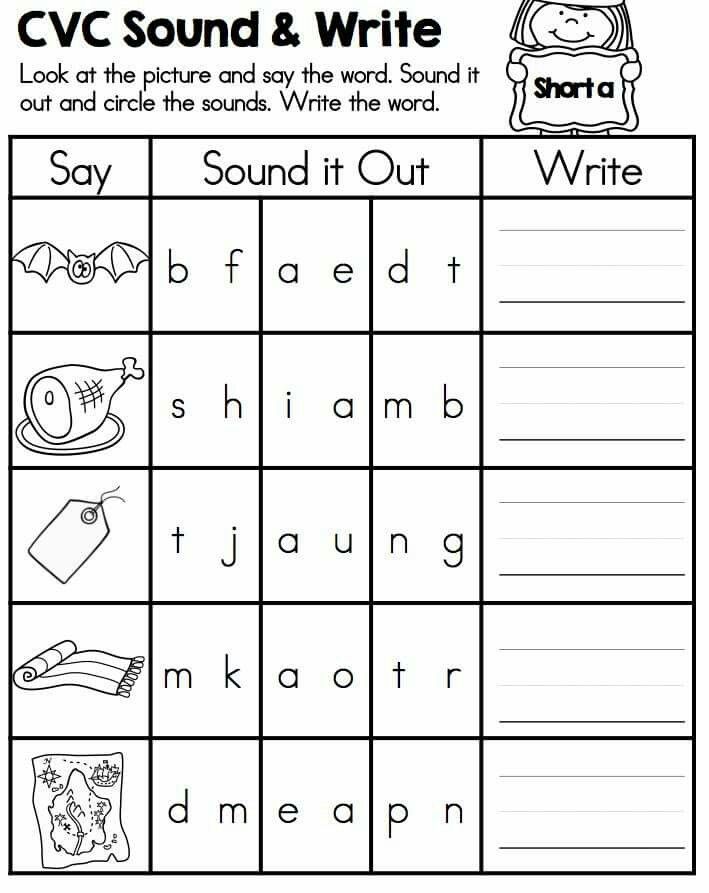 The air released by us during the pronunciation of speech is the source of sound. Many simple and easily accessible exercises are aimed at developing breathing, for example: blow on a dandelion, inflate a balloon, blow soap bubbles. nine0003
The air released by us during the pronunciation of speech is the source of sound. Many simple and easily accessible exercises are aimed at developing breathing, for example: blow on a dandelion, inflate a balloon, blow soap bubbles. nine0003
Music games
You can teach your child to speak with the help of music games. When children sing, the assimilation of sounds, syllables and, ultimately, words is easier for them. Musical games can be organized in several variations: with musical instruments (spoons, drum), songs with onomatopoeia of animals, songs with the simultaneous execution of simple movements.
Didactic games
There are a huge number of games and methods using didactic material. And almost all of them can be applied to the development of speech. The game "Magic Bag" is great for developing speech skills. Rules of the game: in the bag there are objects of various shapes and sizes. The child is invited to feel to choose an object and describe it. Pronunciation of the signs of an object reinforces speech, and also helps in the formation of initial mathematical concepts. nine0003
Pronunciation of the signs of an object reinforces speech, and also helps in the formation of initial mathematical concepts. nine0003
General advice
In the development of a child's speech, it is important to be guided by the general principle "Do no harm". It must be remembered that each child develops according to his own individual model and it does not always adapt to the described stages of development. We recommend adhering to principles that apply in general to the entire process of raising and developing children.
- The principle of play form. For a child of preschool age, the leading activity is the game. The more interesting the lesson is built, the more involved the child will be in it. Don't force me to play. Get interested instead. nine0012
- The principle of mutual dialogue. Talking to children is not a waste of time, as it might seem at first glance. Bring the child to a dialogue, keep up a conversation with him, tell and listen carefully.
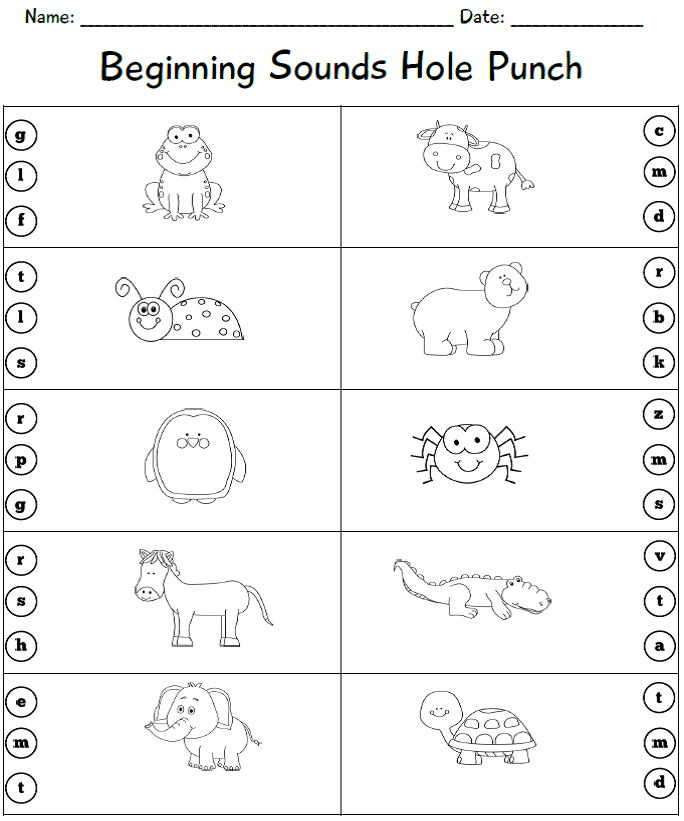 Communication is the most effective way to teach a child to speak early.
Communication is the most effective way to teach a child to speak early. - Problem acceptance principle. It is difficult to admit to oneself that the child has any problems. However, the sooner you start working on the bugs, the faster you will get the result. Do not be afraid to turn to professionals if you see that independent work does not bear fruit. nine0012
- The principle of accepting individuality. Your child is already a separate person, even if he is just starting to stand on his feet. You should not compare him with peers who are already telling poems with might and main. Instead of criticizing, praise every achievement of your child and then he will definitely speak.
When the help of specialists is needed
When a problem is discovered and the right ways to solve it will help prevent further lagging behind the child.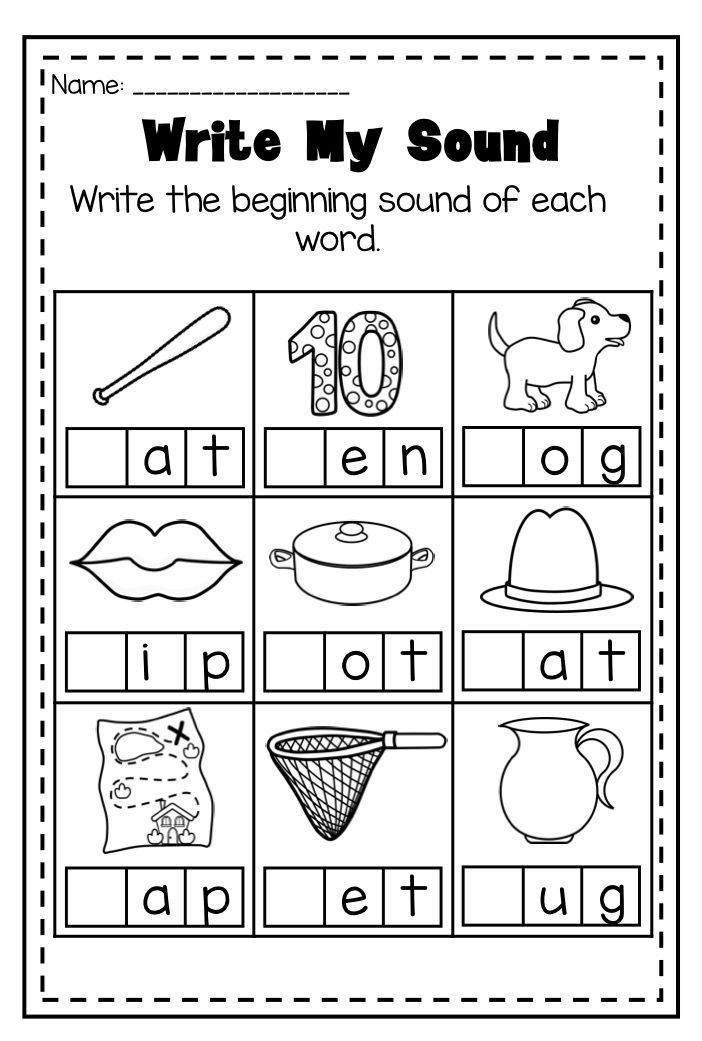 It is necessary to be patient, aim for a positive result and give your child a chance to painlessly enter the social world and learn to exist in it. nine0003
It is necessary to be patient, aim for a positive result and give your child a chance to painlessly enter the social world and learn to exist in it. nine0003
Reasons to start working on the development of speech together with a speech therapist, neurologist and other specialists:
- after 8 months the baby does not respond to calls to him;
- nasal voice appears;
- there is not enough air to complete the phrase;
- during a conversation there is increased salivation;
- at 2 years old, the child speaks only in syllables;
- at 3 years old, the child still tends to speak only in simple words; nine0012
- at the age of 4, the sense of syllable was not developed and the words were distorted.
Conclusion
Children's development centers "Baby Club" have been helping parents in the development of children since 2000. Our mission is the harmonious development of the child and his formation as an independent person.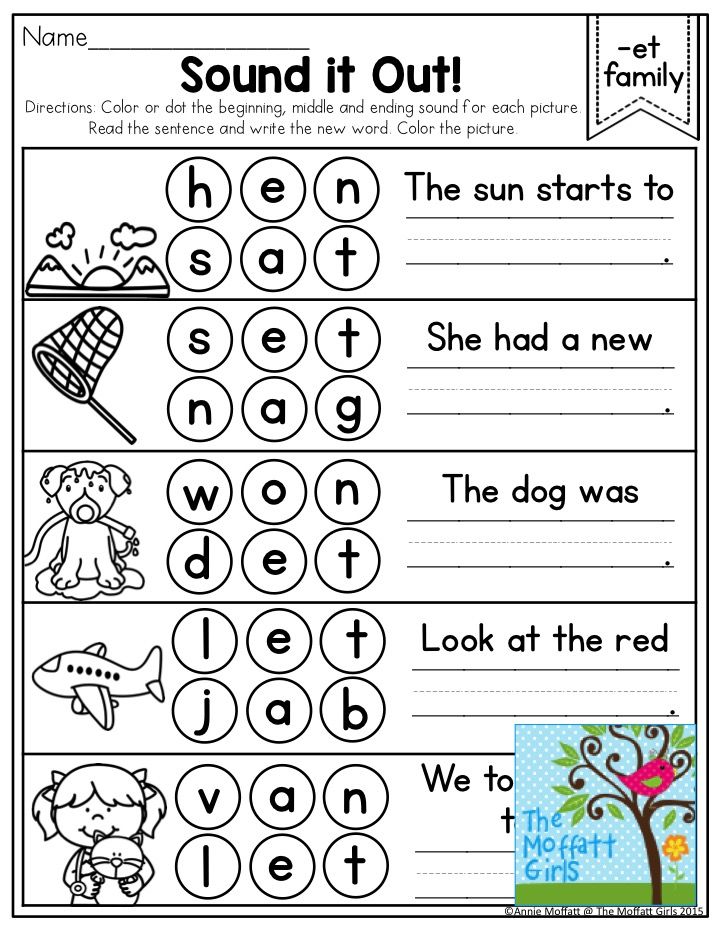
Baby club teachers will find an individual approach to your baby. And a rich environment and a children's team will help the child quickly enter society and start talking. Contact our centers, because preventing a problem is easier than dealing with its consequences. nine0003
The development of a child’s speech from 0 to a year
What kind of speech is there, you say, if you can hear only a loud “wow!” from him, and in moments of calm and blissful mood - “aha” yes “aha”, not counting other indistinct and obscure sounds. Many parents believe that before their child utters the first words (and this usually happens at the age of about a year), it is useless to talk to him, because he, they say, still does not understand anything and cannot learn anything yet.
Nevertheless, “unintelligible sounds” are already the formation of speech, and it begins long before the appearance of the first words. And already at this, the very first stage, the main function of speech is clearly visible - communication. Yes, yes, your baby is already able and wants to communicate with you!
In order to get an idea of how to communicate with an infant, let's look at the main stages of speech formation.
The first stage - a cry
When a baby is born, getting from one environment to another, he needs to somehow declare himself, his presence in this world. While the child was in the mother's belly, all his needs were met instantly. Now he sometimes feels some kind of discomfort - and screams (still at the level of an unconditioned reflex). When the needs of the baby are satisfied, a certain stereotype of behavior is formed in the child, and the cry becomes a signal of discomfort (wet, want to eat or sleep, sad, lonely). A child has only one remedy - a cry. Gradually, with the help of a cry, the baby learns not only to attract attention to himself, but also to communicate. Remember, when your baby calls you, he first screams, and then waits for an answer: will mom come or won't she? Then he screams louder and waits again. Thus, the child gives his “interlocutor” the opportunity to join in his first dialogue. nine0003 Photo: nastyaofly / freepik.com
Gradually, with the help of a cry, the baby learns not only to attract attention to himself, but also to communicate. Remember, when your baby calls you, he first screams, and then waits for an answer: will mom come or won't she? Then he screams louder and waits again. Thus, the child gives his “interlocutor” the opportunity to join in his first dialogue. nine0003 Photo: nastyaofly / freepik.com
Approximately by the third month (and for many children even much earlier), the intonation of cries also changes. An attentive mother can distinguish a lot of different cries of her child - it can be grumbling, whining, discontent, a sharp screech of pain, angry “exclamations”.
“Even in another room, I can almost certainly tell what's going on with my twins from their screams. When they quarrel and cannot share toys - the cry is one, when they are bored - the cry is completely different. And, of course, I always distinguish piercing and sharp “dangerous screams” (when you urgently need to run to help) from “non-dangerous” ones, when children simply express their displeasure.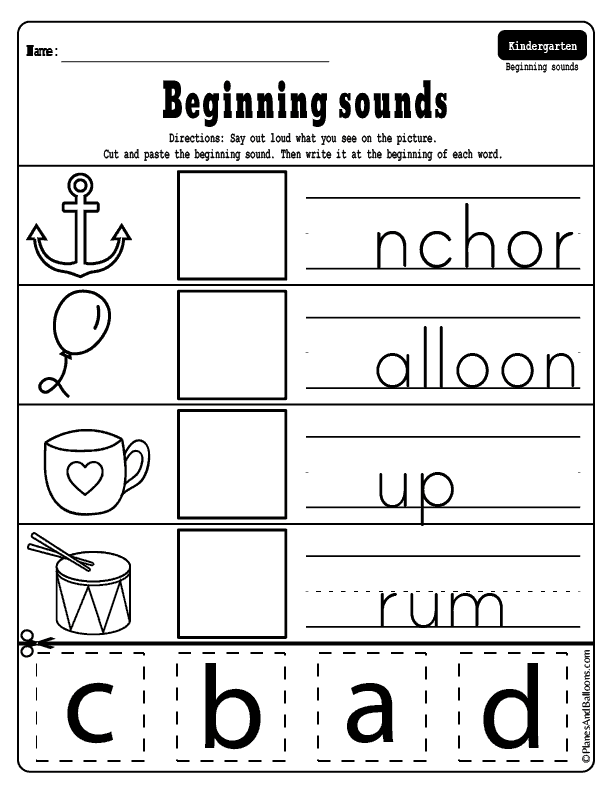 nine0165
nine0165
The cry is present in the child for quite a long time, developing in parallel with speech. And even when real, “adult” words appear, the cry continues to play a very important role in communication.
Second stage - cooing
Cooing usually occurs at the age of one or two months and accompanies the child in the first six months of life. Usually these are various variations of sounds: a-a-gu, gee, gee, a-gee, etc. It is curious that babies of different nations walk the same way. Gradually, the baby's repertoire is enriched with new sounds, and new intonations appear. In cooing, as in screaming, the moment of interaction is also important. Of course, the baby can walk and be left alone in the room. But with your appearance, the cooing becomes more active. If you look closely at the child, you will see that he does not just make sounds. The kid at this time looks into your eyes, waiting for your answer, he is already trying to build a full-fledged speech dialogue. And this dialogue must be supported! After all, while cooing, the child learns to coordinate both voice and gaze, which will later become the basis of any social contact. nine0003
And this dialogue must be supported! After all, while cooing, the child learns to coordinate both voice and gaze, which will later become the basis of any social contact. nine0003
The kid seeks your attention and communication using the ancient, like the world, method of a stick and a carrot, but instead of a stick, he uses crying, and instead of a carrot - his charming and joyful smile.
Photo: mimagephotography / freepik.comAnswer the baby in his language, support and encourage his first “performances” in every possible way. He will be very pleased with your attention - look how he reaches out to you, tries to fold his lips in order to adequately answer such an important interlocutor! Gradually, the child begins to pronounce long chains of sounds, as if imitating himself. Moreover, he is trying to imitate you too! nine0003
A baby at this age is trying to feel sounds and words for the first time. So far, it is not so much the meaning of words that is important for him, but different intonations, the rhythm of speech, the articulation of various sounds.
“My daughter, at the age of four months, began to feel my lips with her hands whenever I said something to her. It seems that she wants to check how different sounds are obtained, and tries to catch the flying words, contrary to the well-known proverb about the word and the sparrow. As soon as there is a pause in my speeches, the baby immediately begins to actively answer me. nine0165
Third stage - babbling
As the child develops, the cooing subsides and is replaced by babbling. This usually happens at 6-7 months of age. Your baby begins to pronounce individual syllables “ba”, “ma”, “ta”, etc. - at first once, very rarely and as if by accident. Gradually, syllables are heard more and more often in his speech, they are repeated in the form of chains: ba-ba-ba-ba, ma-ma-ma-ma.
Cooing and babbling are very important for the further development of speech. If your baby does not have them, try to activate them. nine0003 Photo: dusanpetkovic / freepik.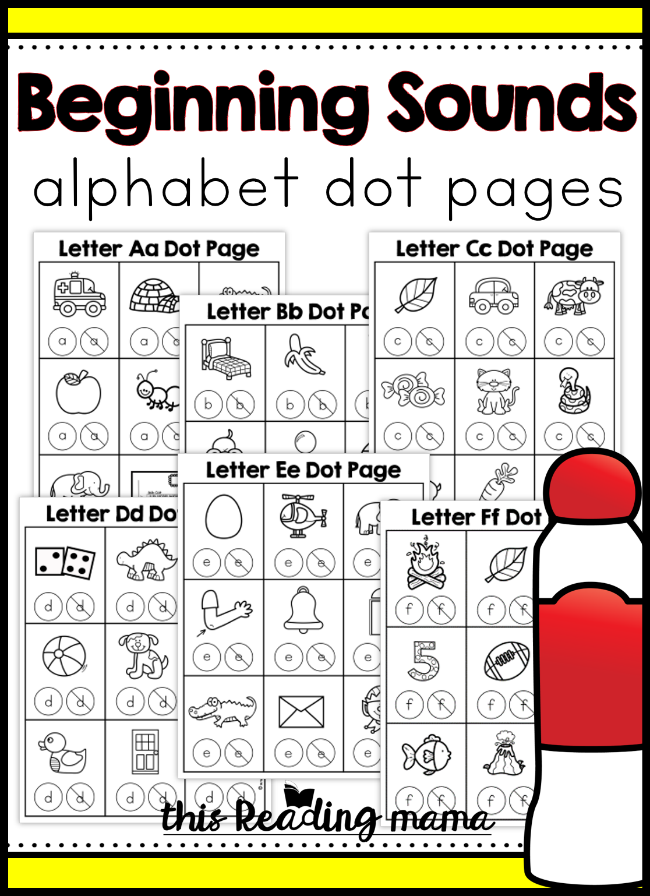 com
com
Holding the baby in your arms so that he can clearly see the movement of your lips, repeat various syllables, sing rhythmic songs, read simple rhymes, and most importantly, talk to the baby as much as possible. He needs to hear adult speech. However, these should not be just conversations that adults have with each other, but a speech addressed specifically to him, to the child.
“My son is now 6 months old. He hears different voices. If I talk to him, hiding behind a diaper, he begins to smile happily and look for where my mother has gone. And one day he heard the voice of someone else's uncle from the hallway - it was a thick bass, completely different from his father's voice - he heard it and burst into loud tears. nine0165
“My ten-month-old Dashunya loves to “read” books – most of all, traditional Russian fairy tales for the little ones, “Kolobok”, “Turnip”, “Ryaba the Hen”. She also really likes conversations on the topic: who talks how. The variations are endless, from pussy to big-o-o-th truck or steam locomotive. ”
”
Again, even if it seems to you that the child is babbling for himself, nevertheless he is very eager to communicate with you. The first babble words-syllables do not yet carry a meaningful meaning. But it is thanks to the mother, who hears the words in these syllables, that the babble is filled with meaning. nine0003
“Surprisingly, the syllables “ma-ma” Fedya began to speak from the first days. Of course, at first he cried so much. But gradually, he realized that his “ma-ma” especially touches me, especially since everyone was talking around - he was calling his mother.
By the age of six months, this "mom" began to mean not "come to me", but "give me here MOM". At eight months, he clearly addressed me, and called me, being in the arms of others, and there was no doubt that this was already a real word. nine0165
Lesson or communication?
Of course, communicating with a child, we teach him in one way or another. But try so that your desire to teach a baby literally from the cradle does not obscure a more important thing - your lively emotional communication.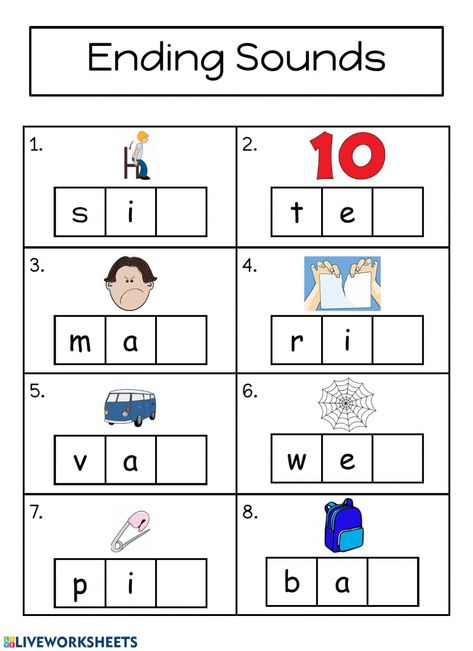
If you follow the theories of early development, you probably know the name of the American scientist Glen Doman, who claimed that being in a special learning environment from an early age, a child can achieve very high intellectual results . At his Institute for Child Development, Doman conducted many experiments, the essence of which was as follows. From the age of two months, when their eyes begin to focus, babies were shown various cards at a fast pace, on which letters, words, notes, numbers, pictures, hieroglyphs and much, much more were depicted. During the show, the teacher or mother named the appropriate subject. At first, such "lessons" lasted 5-10 minutes, then their duration gradually increased. nine0003
When the kids grew up, it turned out this. They really memorized information very well, spoke foreign languages, read, counted, etc. But at the same time, the kids did not play at all, their emotional sphere was disturbed. Accustomed to only passively swallowing didactic material, they did not strive for active knowledge of the world around them, creativity was inaccessible to them, since they did not have real creative experience. And the huge store of knowledge that their tenacious childhood memory kept, they could not always put into practice. The saddest thing is that the violations of the emotional sphere in these children were already irreparable. After all, many very important milestones in emotional development are laid precisely in infancy, when the child wants and can communicate, build social models of behavior, and not fix countless dry facts in his brain. nine0003
And the huge store of knowledge that their tenacious childhood memory kept, they could not always put into practice. The saddest thing is that the violations of the emotional sphere in these children were already irreparable. After all, many very important milestones in emotional development are laid precisely in infancy, when the child wants and can communicate, build social models of behavior, and not fix countless dry facts in his brain. nine0003
In my psychological practice there was a boy, Andryusha, who could not adequately communicate with his peers. He ran in circles, constantly repeating the same phrase. At the same time, he had very big problems with the articulation of sounds: he simply did not pronounce about fourteen sounds at the age of five, so it was possible to understand him with great difficulty. He preferred to communicate in writing.
It turned out that Andryushin's mother at one time was very fond of the early intellectual development of her son.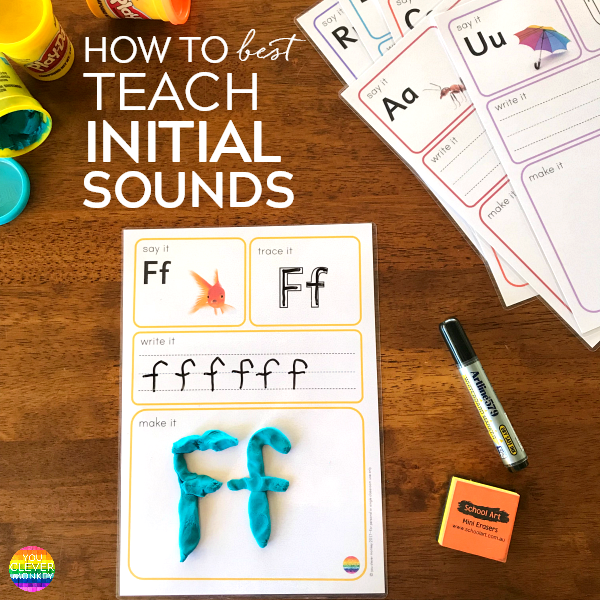 As a result, he learned to read before he could speak. At the same time, he did not play, doing numbers, letters, special cards, drawing only geographical maps. nine0165
As a result, he learned to read before he could speak. At the same time, he did not play, doing numbers, letters, special cards, drawing only geographical maps. nine0165
When starting to teach your child letters using the newfangled developmental method, be careful! Some children who were taught to read, for example, using Zaitsev's cubes before they began to speak, had a delay in speech development. Instead of participating in live communication, they read and wrote using blocks.
Stage four – the first words
So, a word is born from babble…
At this stage (usually it starts at 11-12 months) it is very important to help the child in his word creation. It is now that the baby begins to associate words with environmental objects, words for him are filled with meaning. Now you can expand your repertoire of reading aloud. Try to call the surrounding things by their proper names (not “Let's put this thing in there”, but “Let's put the doll in the crib”). Do not forget to comment on your actions when you are with your baby.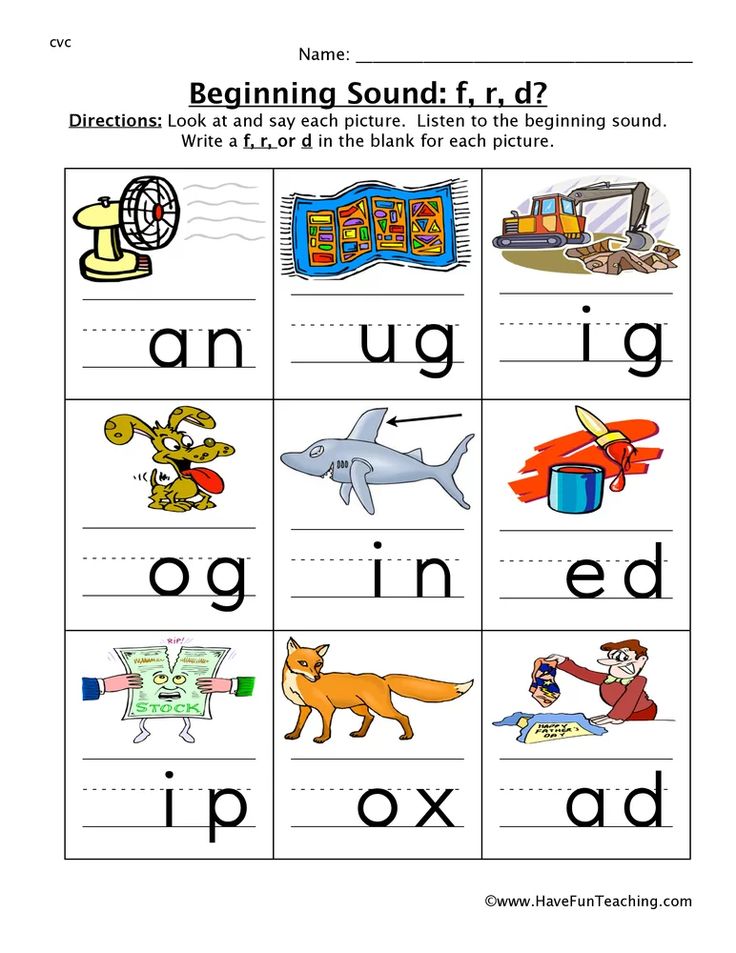 nine0003
nine0003
Speech therapists advise to train the muscles of the lips and cheeks. To do this, stock up on various whistles, harmonicas, a toy flute and teach your baby to blow into these instruments. It is also useful to blow soap bubbles (however, you will have to constantly monitor so that the child does not drink the soapy solution).
Another fun way to exercise your lip and cheek muscles is to make faces with your baby. Feel free to make funny faces, expressively depict a variety of emotions (surprise, fear, joy), stick out your tongue, lick your lips. You will see that the baby will really like this new game, and soon he will begin to repeat some movements after you. nine0003
Children usually love sounding toys. Take advantage of this, let the baby learn to extract a variety of sounds and reproduce them with his voice. His first words will be onomatopoeic: bang, boom, woof-woof, beebika. Do not be afraid of these infantile, “lyal” (as my eldest daughter says) words. This is a very important moment in the development of speech.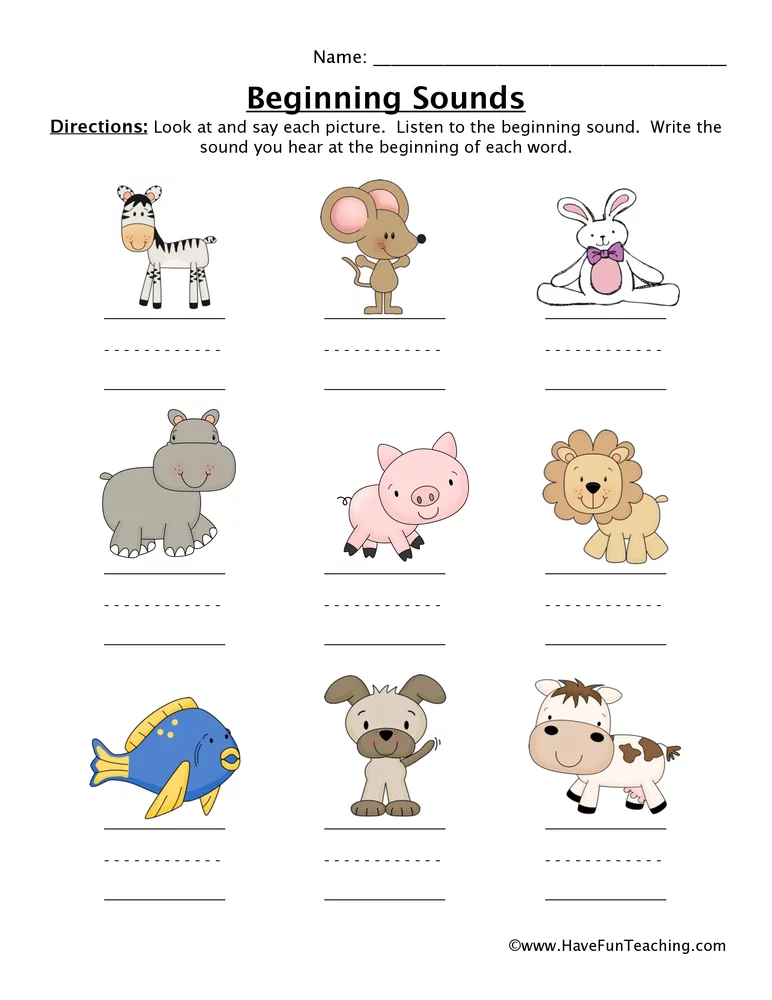 It is still difficult for a child to associate an abstract word (for example, dog, car, fell ) with a specific object or action. If the word is at least somewhat similar to an object or action, such a connection is much easier to establish (for example, a dog says “av-av”, a car says “beep”, and a falling object makes “boom”). Infant words help the child to move to normal, "adult" speech. nine0003
It is still difficult for a child to associate an abstract word (for example, dog, car, fell ) with a specific object or action. If the word is at least somewhat similar to an object or action, such a connection is much easier to establish (for example, a dog says “av-av”, a car says “beep”, and a falling object makes “boom”). Infant words help the child to move to normal, "adult" speech. nine0003
When your baby tries to repeat some words after you, you can read poems “by roles”. For example, the famous poem about desperate geese (as a rule, everyone remembers its beginning):
- Adult: Geese Geese !
- Child: Ga-ha-ha!
- Adult: Do you want some?
- Child: Yes, yes, yes! nine0011 Adult: Bread and butter?
- Child: No, no, no.
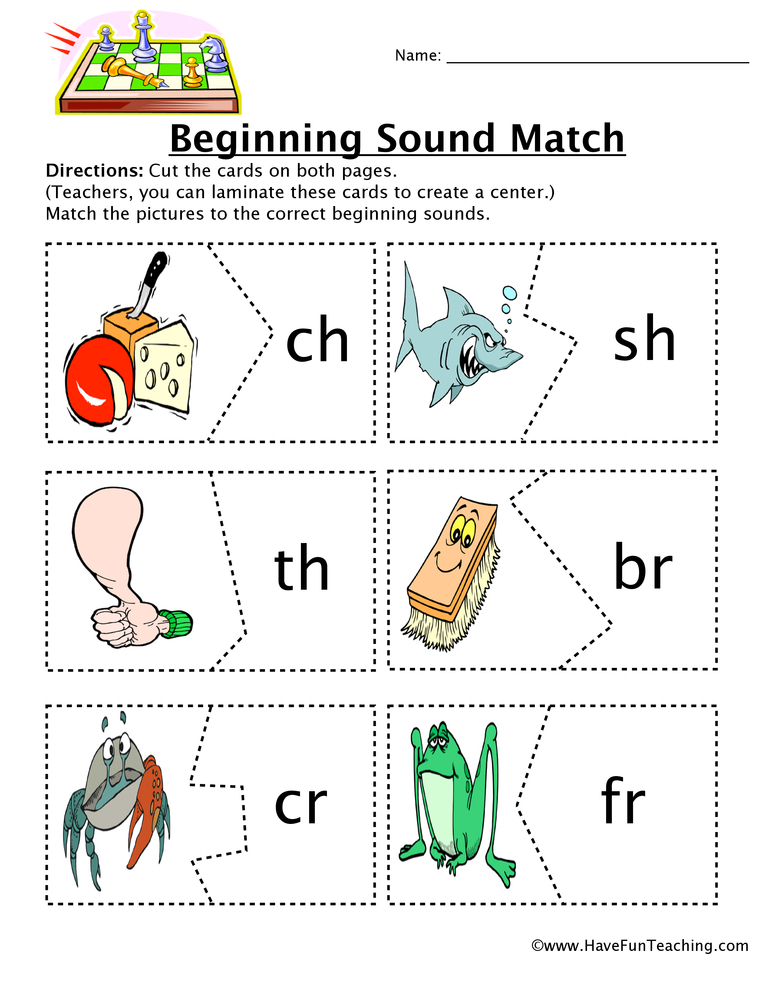
- Adult: What about you?
- Child: Sweets!
- Adult: Well, fly as you like, t _ just take care of your wings - the gray wolf under the mountain won't let you go home. Flew-flyed_ (the child waves his arms), sat on the head.
When you read familiar poems or sing songs to your child, pause at the end of the line so that the child can complete the line.
It is especially important to talk to your baby while playing. Do not forget that the game is focused specifically on dialogue, and not on your monologue. You can, for example, roll a ball to each other, accompanying this activity with comments: “Give the ball! The ball rolled to my mother. Pause, give the child the opportunity to join the conversation. nine0164 “And now - on the ball! The ball rolled towards the baby” , etc. Try to match the game to the mood and condition of your crumbs.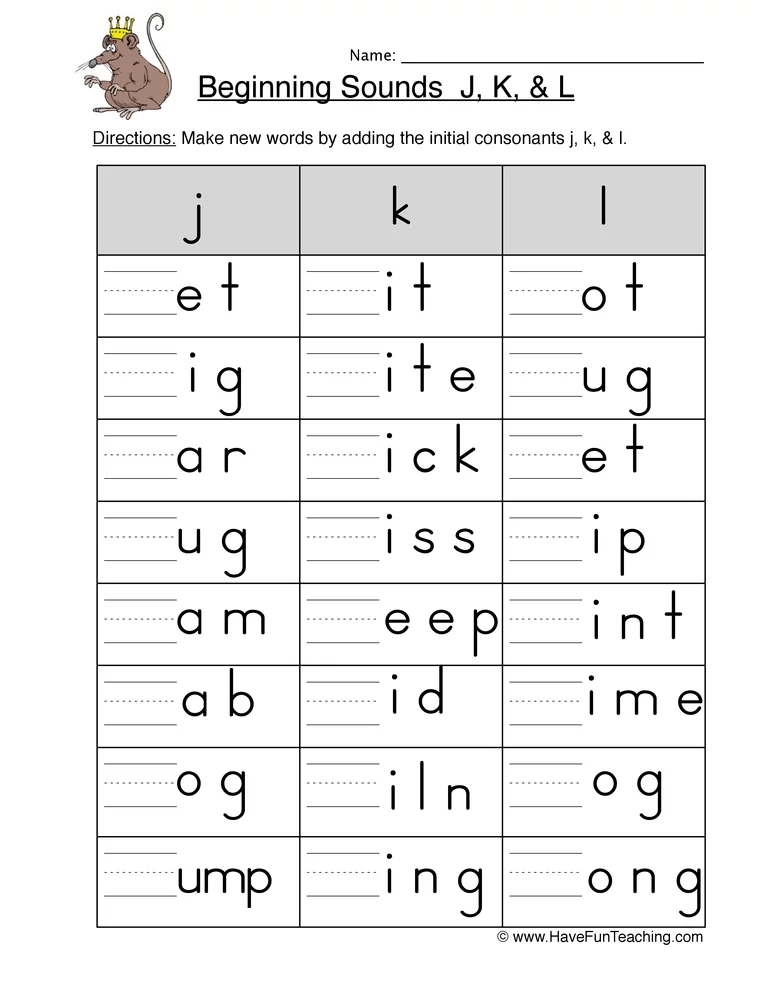
Words and gestures
Facial expressions, gestures, intonation help a person to communicate with other people. Please note that adults in a conversation with each other convey a lot of information using facial expressions and gestures (which is why it is difficult for many people to communicate on the phone, although they can easily carry on a conversation during a personal meeting). But for young children, non-verbal communication is even more important, because at some stage it is the only way for them to “talk” to you. nine0003 Photo: tatyanadobrikova / freepik.com
It is very useful to reinforce words with certain gestures. First, the baby learns to reproduce the gesture, and then repeats the word. For example, the word "give!" usually accompanied by such a gesture: stretch out your hand with your palm up and bend and unbend your fingers several times. At the same time, try to use the words “give”, “bring”, “take” more often, ask the child to fulfill simple requests.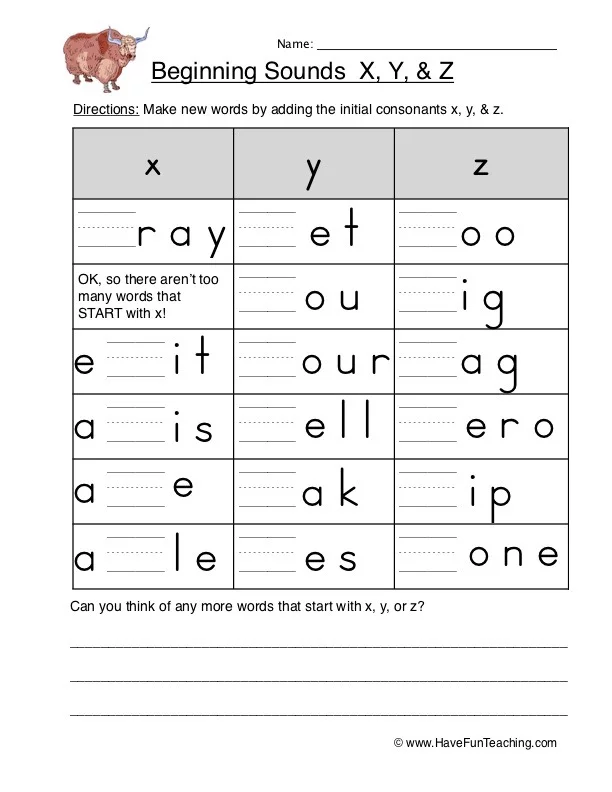 You will see, he will be very happy to help you!
You will see, he will be very happy to help you!
In a similar way, you can teach your baby other expressive gestures, for example, “Okay”, “Goodbye”, “Show me how big (or big) you are, shake your head in the affirmative or negative. Do not be shy about childish gestures, such as pointing fingers, but on the contrary, help your child master them. nine0003
Gestures can also be emotional.
“Olezhka has recently learned to show what a sour tomato and what a sweet raspberry. When you ask him: “What kind of tomato?”, He wrinkles his nose hilariously, showing disgust for unloved food with his whole appearance. To the question: “What raspberry?” the child breaks into a blissful smile and smacks his tongue. Of course, at some point we taught him this, but now he often portrays some kind of taste without our asking. For example, if you say that a lemon is sour, Olezhka will certainly wrinkle. nine0165
“Marusya was shown that flowers can be smelled. Now, at the sight of any flower (in a flower bed, in a pot or even in a book), she reaches for it with her nose and smells it in rapture.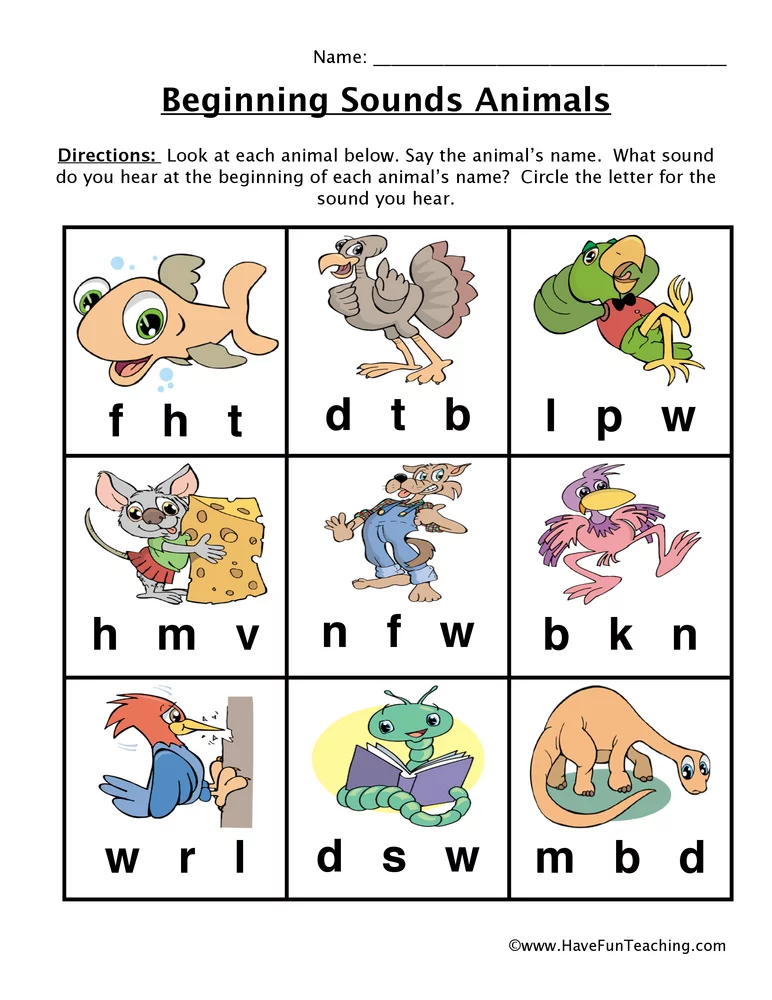
Your child can use gestures to accompany your poetry reading or singing.
For example:
- I play the violin - tili-li, tili-li, (the kid holds an imaginary violin in his hands and "plays" on it),
- Bunnies dance on the lawn - tili-li yes tili-li (“dancing”, twirling with raised arms).
- And then on the drum - bam-bam-bam, bam-bam-bam (the child taps his palms on some surface),
- In fear, the bunnies ran into the bushes! (hiding his face in his hands).
Or like this:
- A clumsy bear walks through the forest (the child sways with his legs wide apart),
- Collects cones, sings songs (leans over an imaginary cone). nine0012
- Suddenly a bump fell right on the bear's forehead (slaps his forehead).
- The bear got angry, and with his foot - top (the baby stamps his foot).
Or like this:
- Zainka, dance, gray, dance.
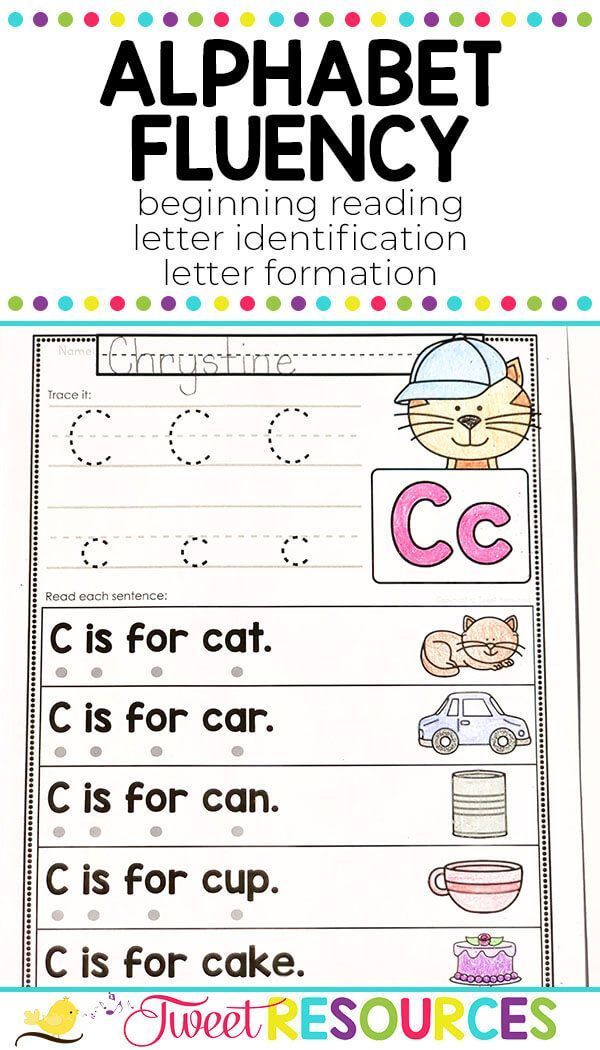 So-and-so dance, so-and-so dance (the child “dances”).
So-and-so dance, so-and-so dance (the child “dances”). - Zainka, stomp your foot, little grey, stomp your foot, stomp your foot like this, stomp your foot like this, stomp your foot like this (stomps first one foot, then the other). nine0012
- Zainka, clap your hands, grey, clap your hands, clap your hands like this, clap your hands like that, clap your hands like that (the kid claps his hands).
- Hare, bow, gray, bow, bow like this, bow like that, bow like that (bows).
You can also beat “Toys” by Agnia Barto. The kid shows how the bull sways on a shaky board, how the girl Tanya cries bitterly, pities and strokes the poor bear with its paw torn off. nine0003
By the way, the famous finger games simultaneously train the child's “talking gestures” and fine motor skills, which are also very useful for speech development.
For example, the game “Cabbage”:
- We have cabbage, here it is, cabbage (we show how big cabbage is),
- We cut cabbage, cut (with the edge of the palm, like a knife, we knock on the table),
- we three cabbage, three (rubbing our palms),
- we knead cabbage, we knead ( we depict how we knead cabbage with fists).
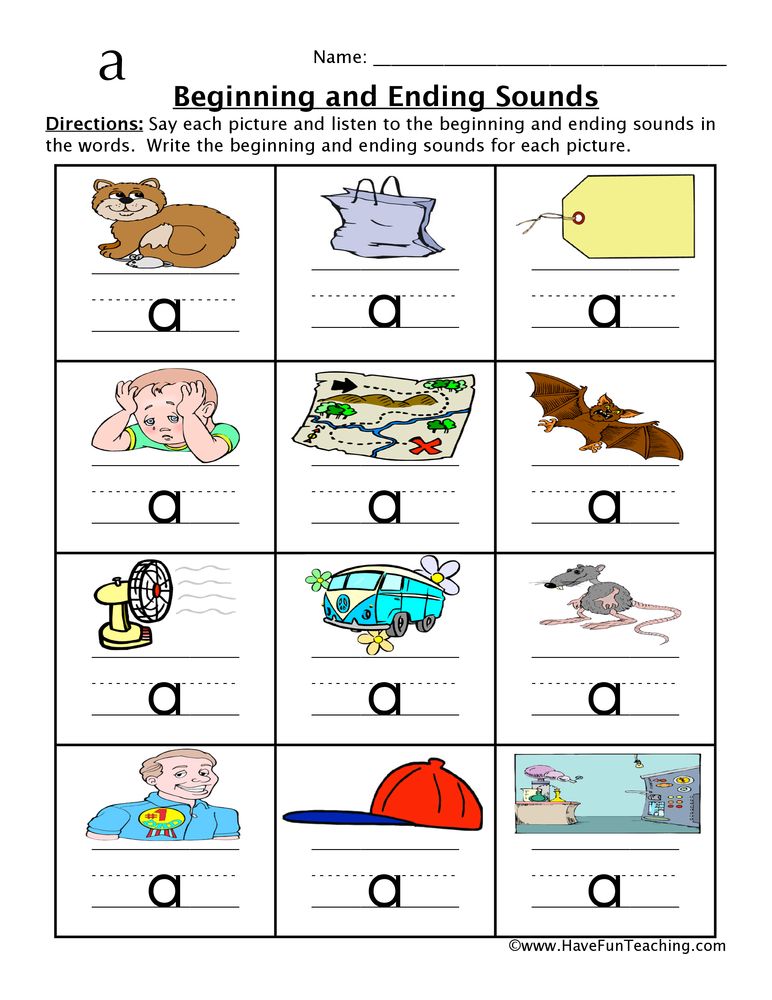
And here is a finger massage game similar to the famous “Magpie-Magpie” - Pancake machines:
- Masha began to convene guests (stroke the baby's open hand):
- And Ivan, come, and Stepan, come, and Andrey, come, and Sergey, come, (we bend our fingers one by one, starting with the big one),
- nine0164 And Nikitushka - well, please! (we bend the little finger, having previously stroked it).
- Masha began to treat guests: and Ivan pancake, and Stepan pancake, and Andrey pancake, and Sergey pancake (we unbend our fingers, kneading the pads - “distributing pancakes”),
- and Nikitushka - mint gingerbread! (unbend the little finger, also stroking it first).
- Masha began to see off the guests: and Ivan, goodbye, and Stepan, goodbye, and Andrey, goodbye, and Sergey, goodbye! nine0165 (each finger bends and unbends in turn - as in the “goodbye” gesture),
- and Nikitushka - well, stay a little longer! (gently stroke the little finger).
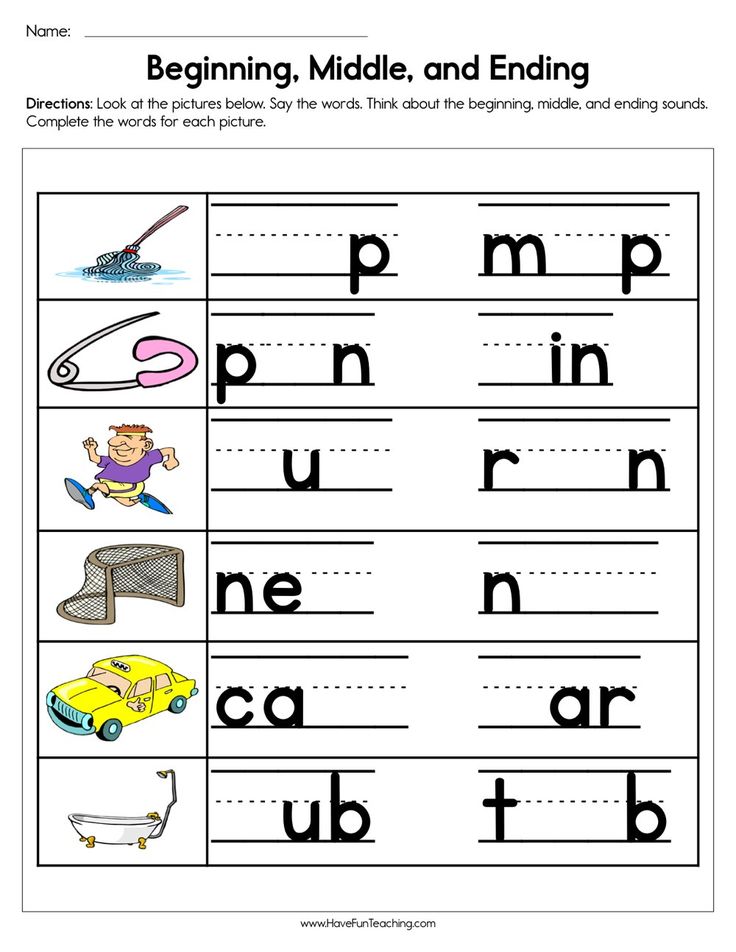
These games will help your child build vocabulary and associate words with very specific actions or objects.
About salted porridge
Do you remember the famous joke about the boy who didn't say anything until he was five? No medical luminaries and the most famous speech therapists could help him. But one day at breakfast, the boy suddenly said: “And the porridge is too salty today!” Happy parents rushed to congratulate each other, and when they calmed down, they asked their offspring: “Why were you silent before?” To this the boy replied: "Before, everything was in order." nine0003
Jokes are jokes, but when the parents understand the child too well without words, there is simply no need for him to convey any message to them. Perhaps here sometimes you have to be a little tricky, pretending that you do not understand what the child wants from you until he tries to tell you about it.
Alina did not say anything until she was two years old, except for “yes” and “no”. I had already begun to worry about this, and suddenly I caught myself that I formulate all the questions for her in such a way that they could be answered unequivocally “yes” or “no”. When I began to ask more complex questions, as if not understanding my daughter, she had many more new words. nine0165
I had already begun to worry about this, and suddenly I caught myself that I formulate all the questions for her in such a way that they could be answered unequivocally “yes” or “no”. When I began to ask more complex questions, as if not understanding my daughter, she had many more new words. nine0165
If a child communicates with you through babbling, gestures, his first words are about to appear. Don't worry if this happens a little later than you think it should. Don't compare your little one to the girl next door, your friend's son, and your colleague's niece! The development of each individual child may have its own individual characteristics.
However, there are some important milestones in your baby's speech development that you should pay special attention to:
- Cry, which is initially a reaction to discomfort (hunger). Too quiet and maximally comfortable baby is not as good as it seems.
- Animation complex (smile, animation) at the appearance of an adult (appears at 1-3 months).

- Cooing. How and when does your baby walk? Does he look into your eyes at the same time, does he “sing” his baby songs while in your arms, do you feel the need for communication with him?
- Babble (appears at 6-10 months), the child clearly attracts attention with the help of some sounds. nine0012
- Pointing gesture (appears at 8-13 months). This is a very important moment in the development of the child, preceding the appearance of the first words, because before naming an object, the baby needs to learn how to show it.
- Emergence of basic social gestures, such as "goodbye" (9–12 months).
- Understanding and fulfilling simple requests, the appearance of elementary story games (feed the doll). The child usually passes this stage at the age of about one year. nine0023
- of 1-3 years old].
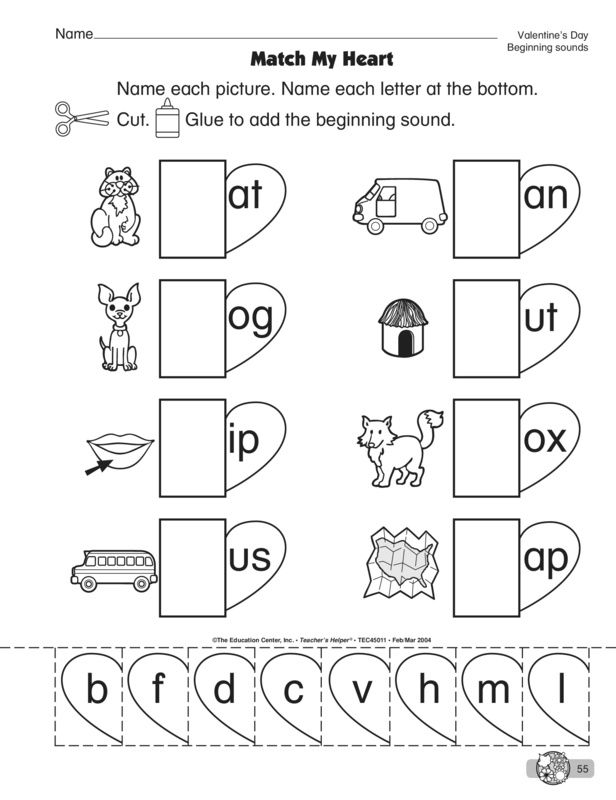 // Lin Chung Er Bi Yan Hou Tou Jing Wai Ke Za Zhi - 2021 - Vol35 - N4 - p.341-345; PMID:33794634
// Lin Chung Er Bi Yan Hou Tou Jing Wai Ke Za Zhi - 2021 - Vol35 - N4 - p.341-345; PMID:33794634 - Karcher NR., Loewy RL., Savill M., Avenevoli S., Huber RS., Simon TJ., Leckliter IN., Sher KJ., Barch DM. Replication of Associations With Psychotic-Like Experiences in Middle Childhood From the Adolescent Brain Cognitive Development (ABCD) Study. // Schizophr Bull Open - 2020 - Vol1 - N1 - p.sgaa009; PMID:32803159
- Skovlund E., Selmer R., Skurtveit S., Brandlistuen RE., Handal M. In utero exposure to analgesic opioids and language development in 5-year old children. // Pharmacoepidemiol Drug Saf - 2020 - Vol29 - N6 - p.736-744; PMID:32383248
- Yi YG., Lee DW., Kim J., Jang JH., Lee SM., Jang DH. Two Novel Mutations (c.883-4_890del and c.1684C>G) of WDR62 Gene Associated With Autosomal Recessive Primary Microcephaly: A Case Report. // Front Pediatr - 2019- Vol7 - NNULL - p.457; PMID:31788460
- Llaci L., Ramsey K., Belnap N., Claasen AM., Balak CD.
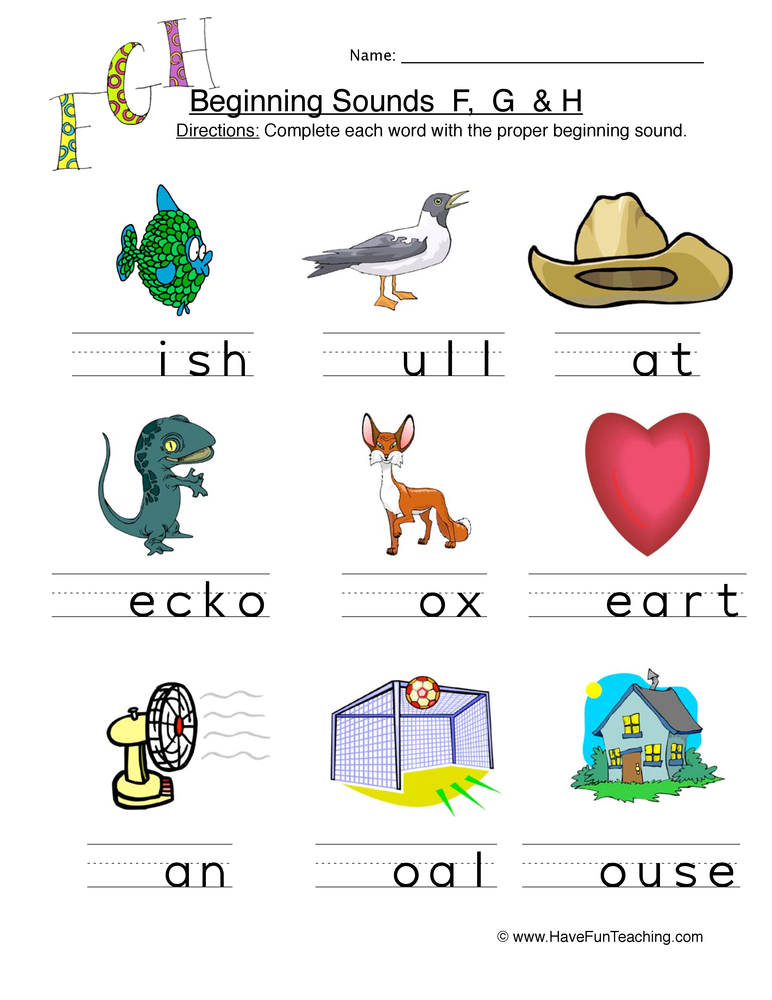 , Szelinger S., Jepsen WM., Siniard AL., Richholt R., Izat T., Naymik M., De Both M., Piras IS., Craig DW., Huentelman MJ., Narayanan V., Schrauwen I., Rangasamy S. Compound heterozygous mutations in SNAP29 is associated with Pelizaeus-Merzbacher-like disorder (PMLD). // Hum Genet - 2019 - Vol138 - N11-12 - p.1409-1417; PMID:31748968
, Szelinger S., Jepsen WM., Siniard AL., Richholt R., Izat T., Naymik M., De Both M., Piras IS., Craig DW., Huentelman MJ., Narayanan V., Schrauwen I., Rangasamy S. Compound heterozygous mutations in SNAP29 is associated with Pelizaeus-Merzbacher-like disorder (PMLD). // Hum Genet - 2019 - Vol138 - N11-12 - p.1409-1417; PMID:31748968 - Wu Y., Li G., Ma Y., Zheng Y. [The development of vowel perception in pediatric cochlear implants of 1-3 years old]. // Lin Chung Er Bi Yan Hou Tou Jing Wai Ke Za Zhi - 2019- Vol33 - N10 - p.918-922; PMID:31623034
- Botticelli S., Küseler A., Mølsted K., Andersen HS., Boers M., Shoeps A., Emborg BK., Kisling-Møller M., Pedersen TK., Andersen M., Willadsen E. Influence of Infant Cleft Dimensions on Velopharyngeal Function in 5-Year-Old Danish Children Born With Unilateral Cleft Lip and Palate. // Cleft Palate Craniofac J - 2020 - Vol57 - N4 - p.420-429; PMID:31505955
- Salvago P., Gorgone E., Giaimo S., Battaglia E., Dispenza F.
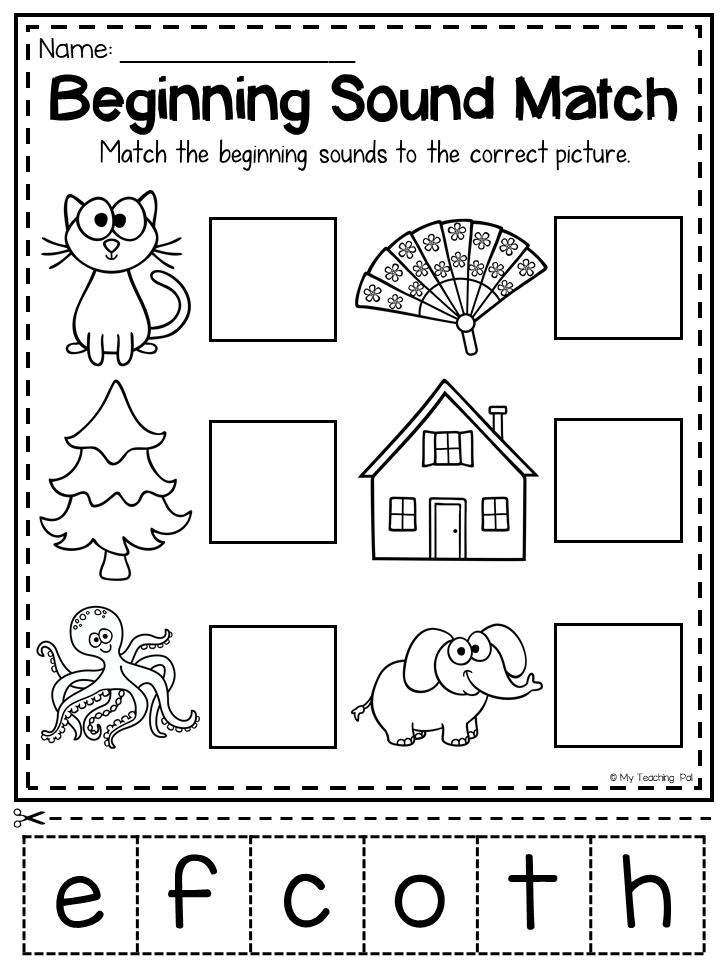
Learn more
Inessa Smyk, Daria Golubeva
According to the journal Aistenok, 03.04

